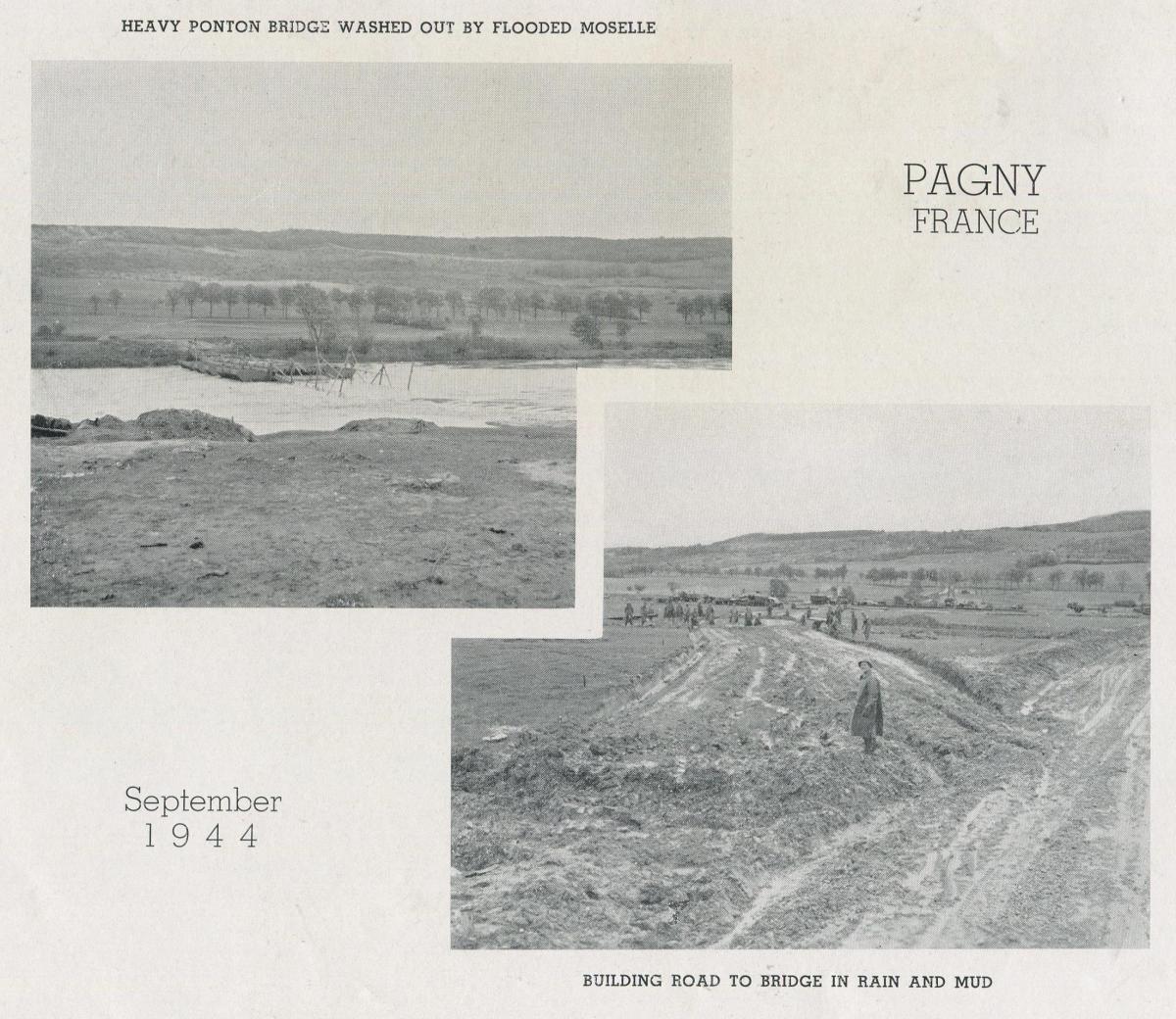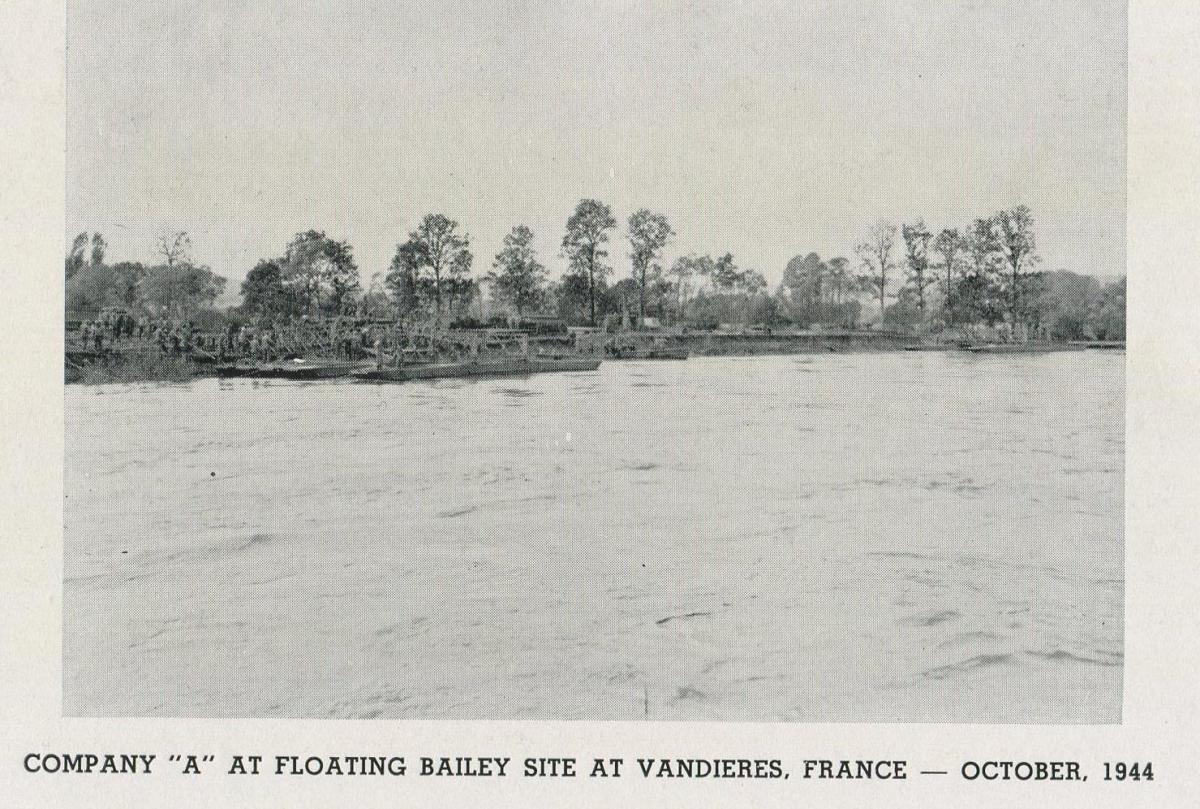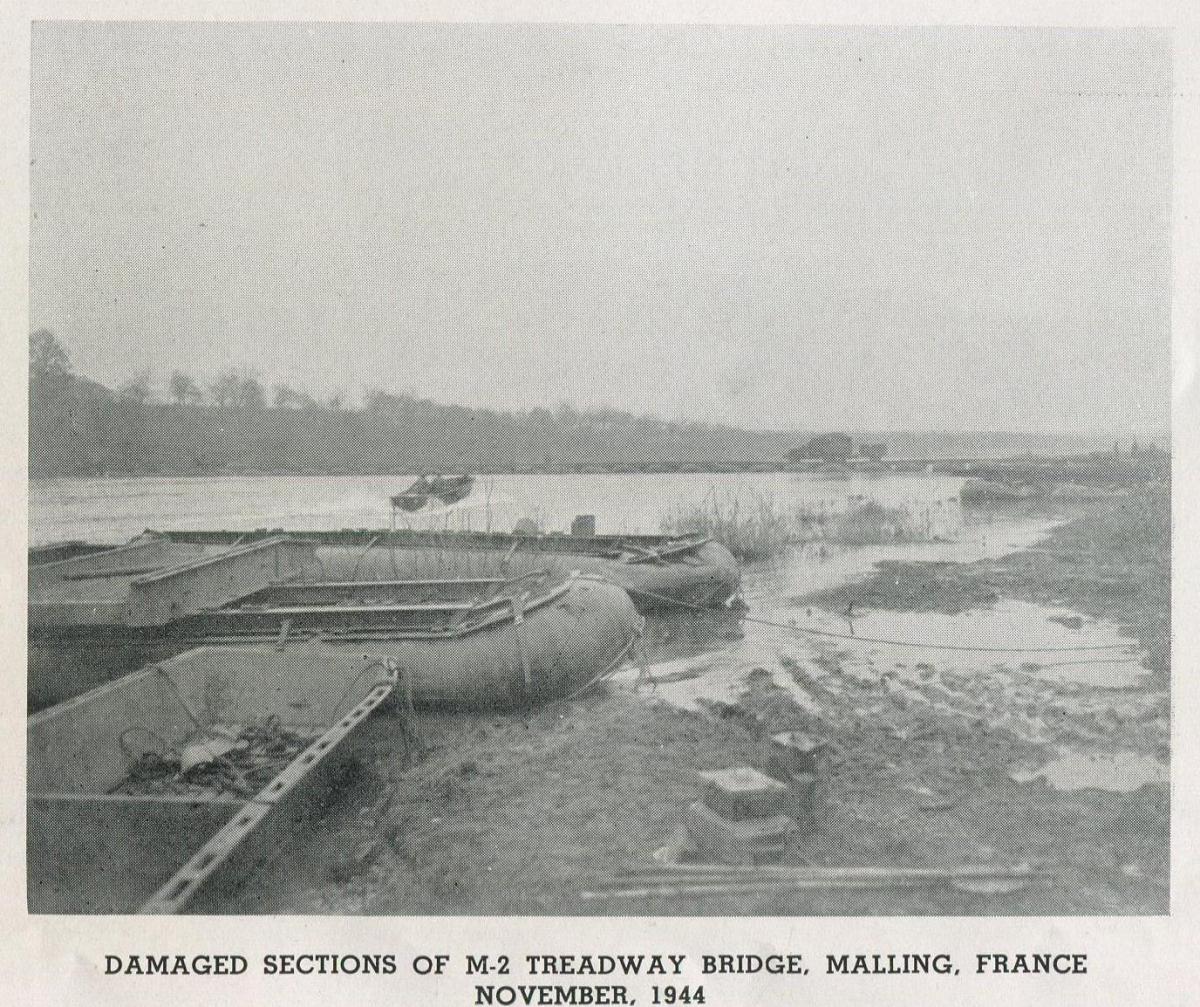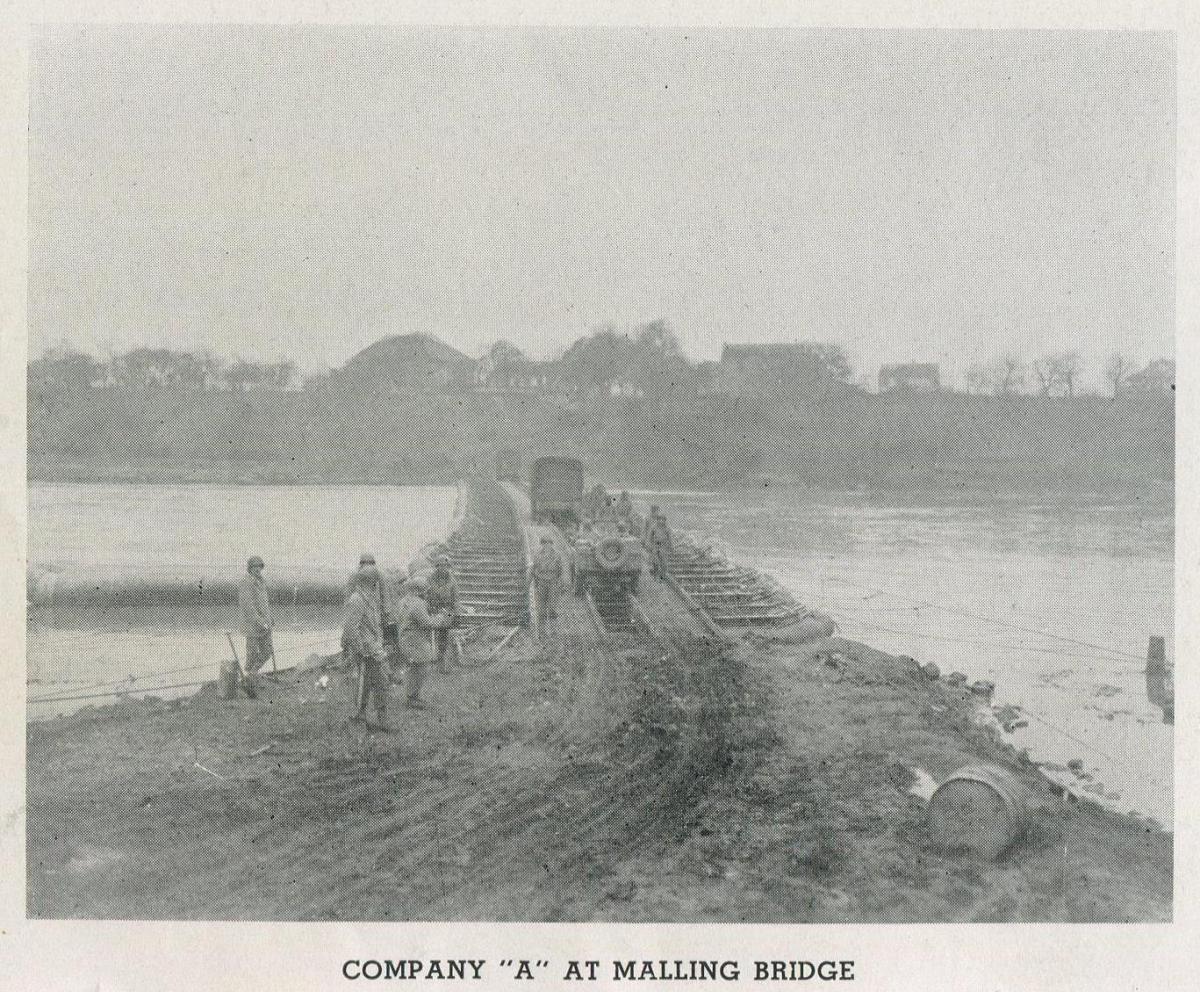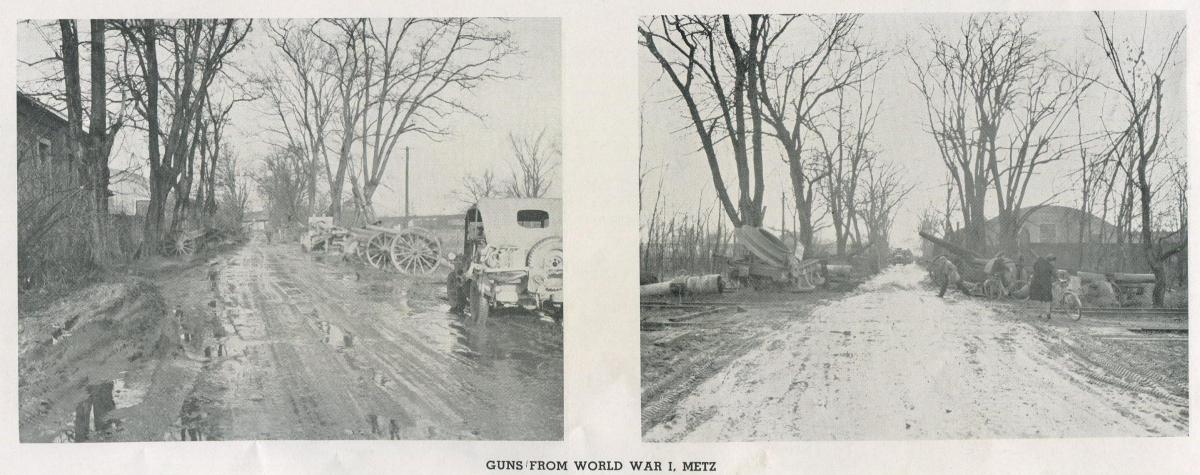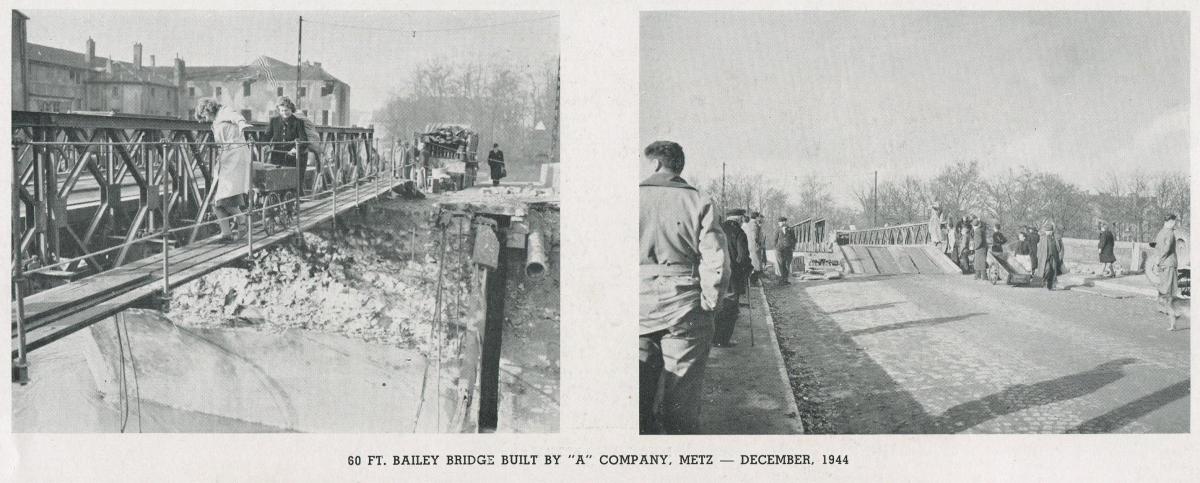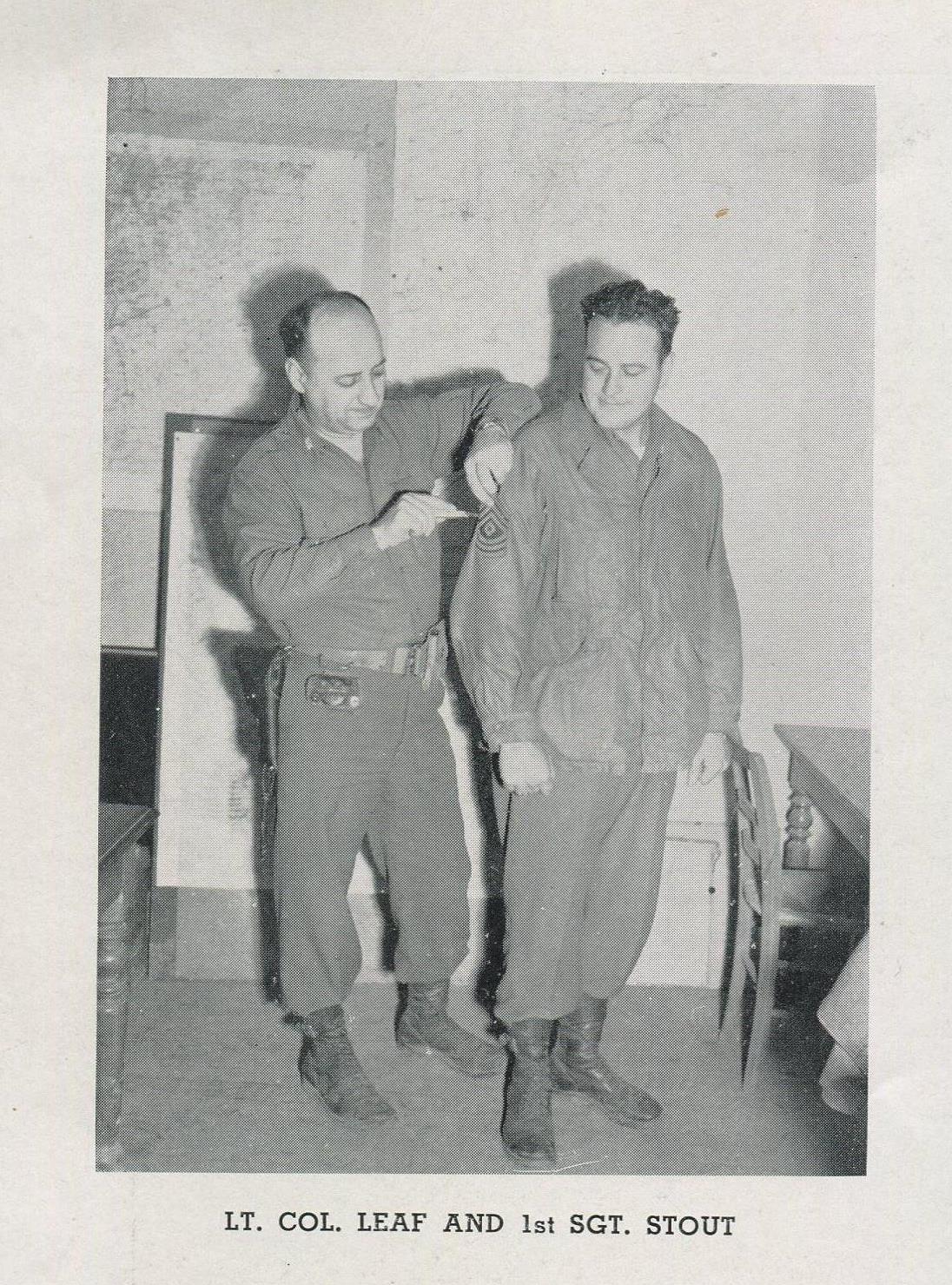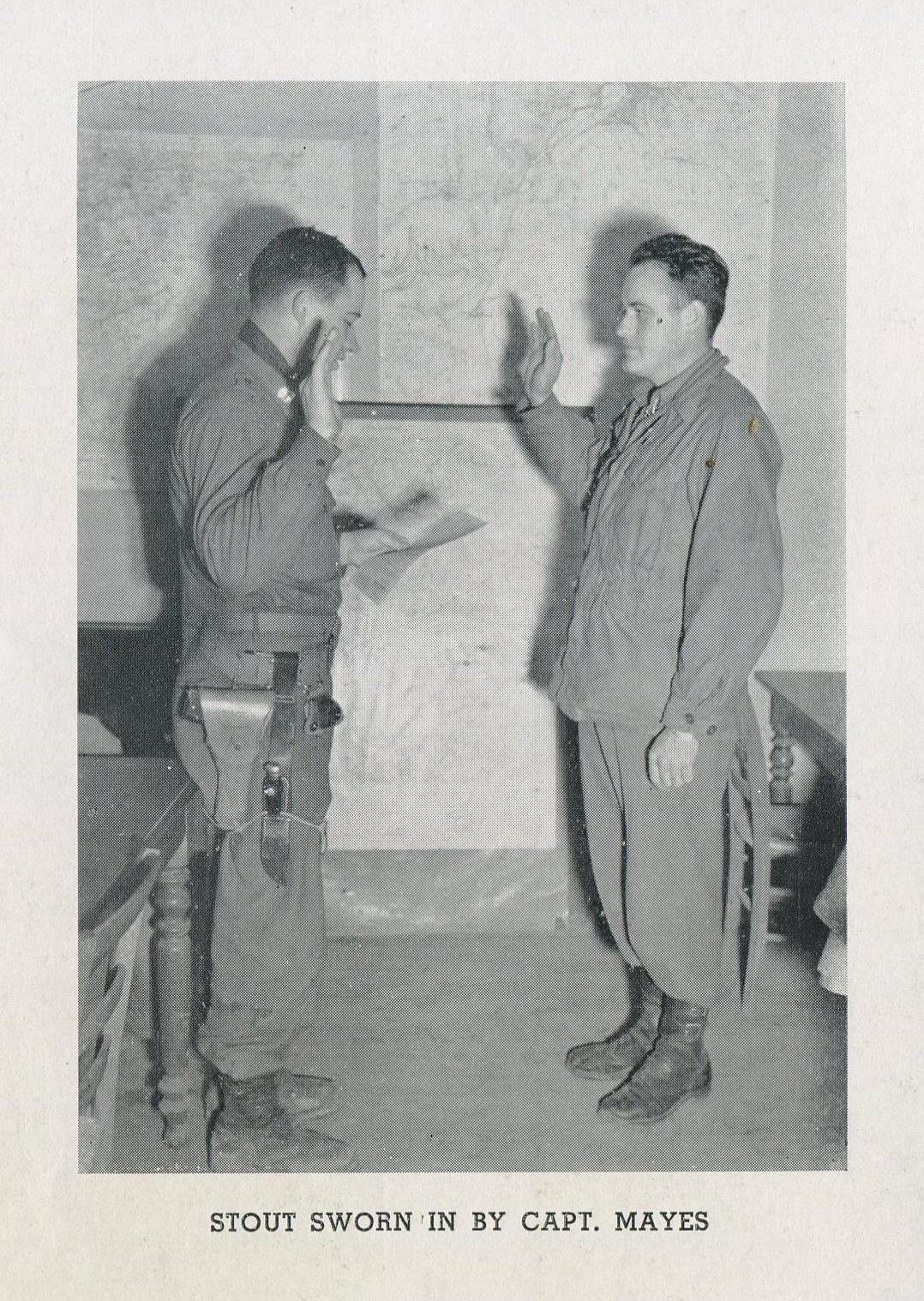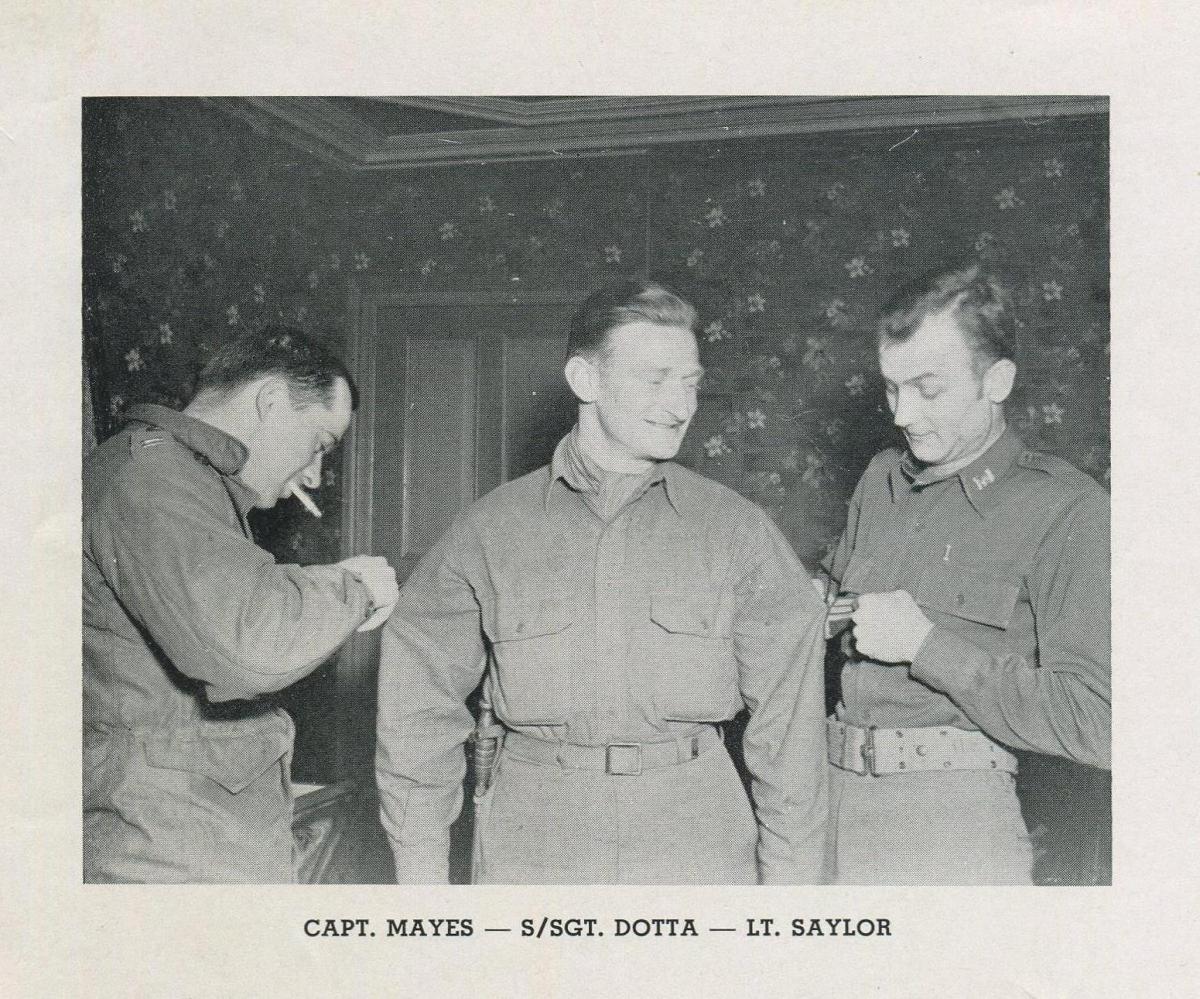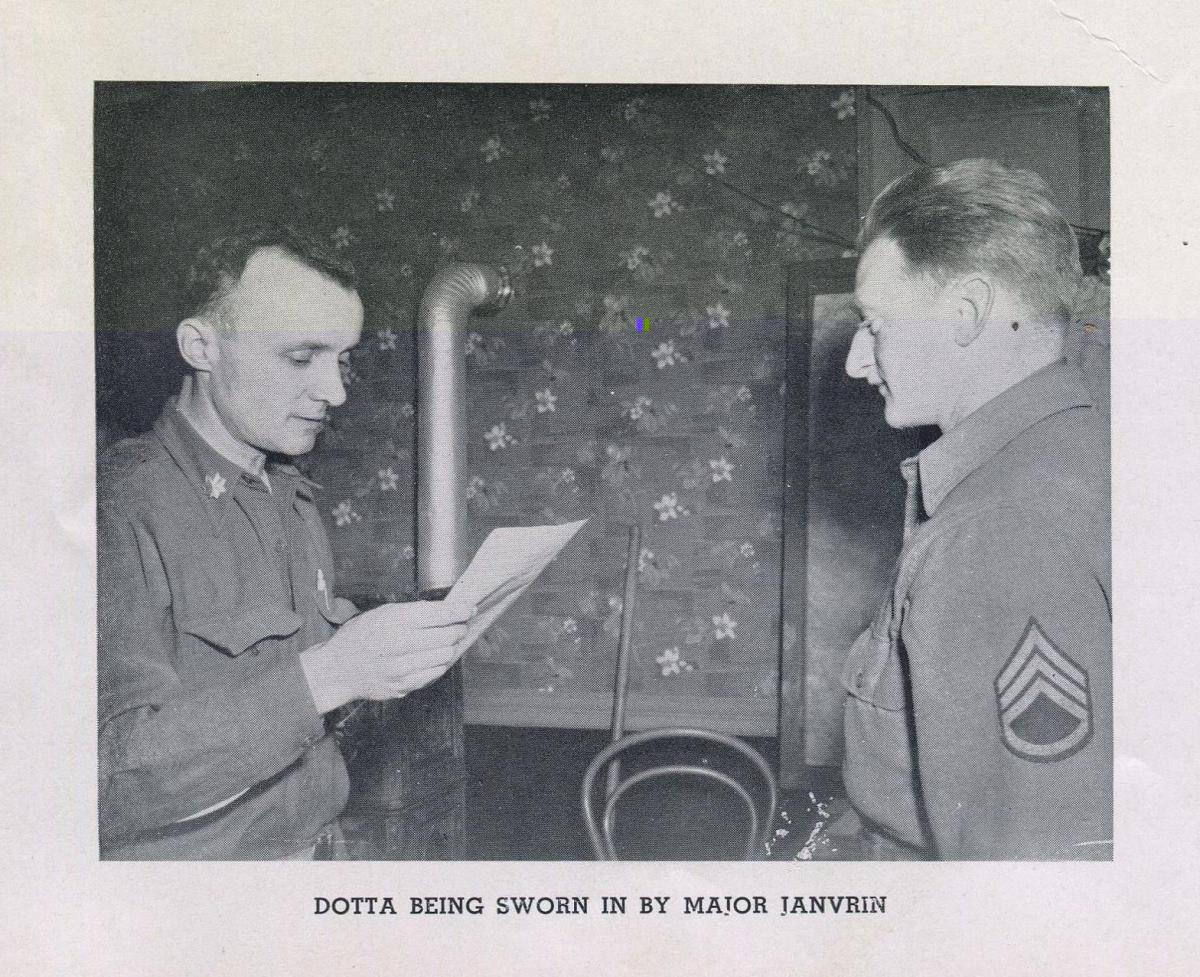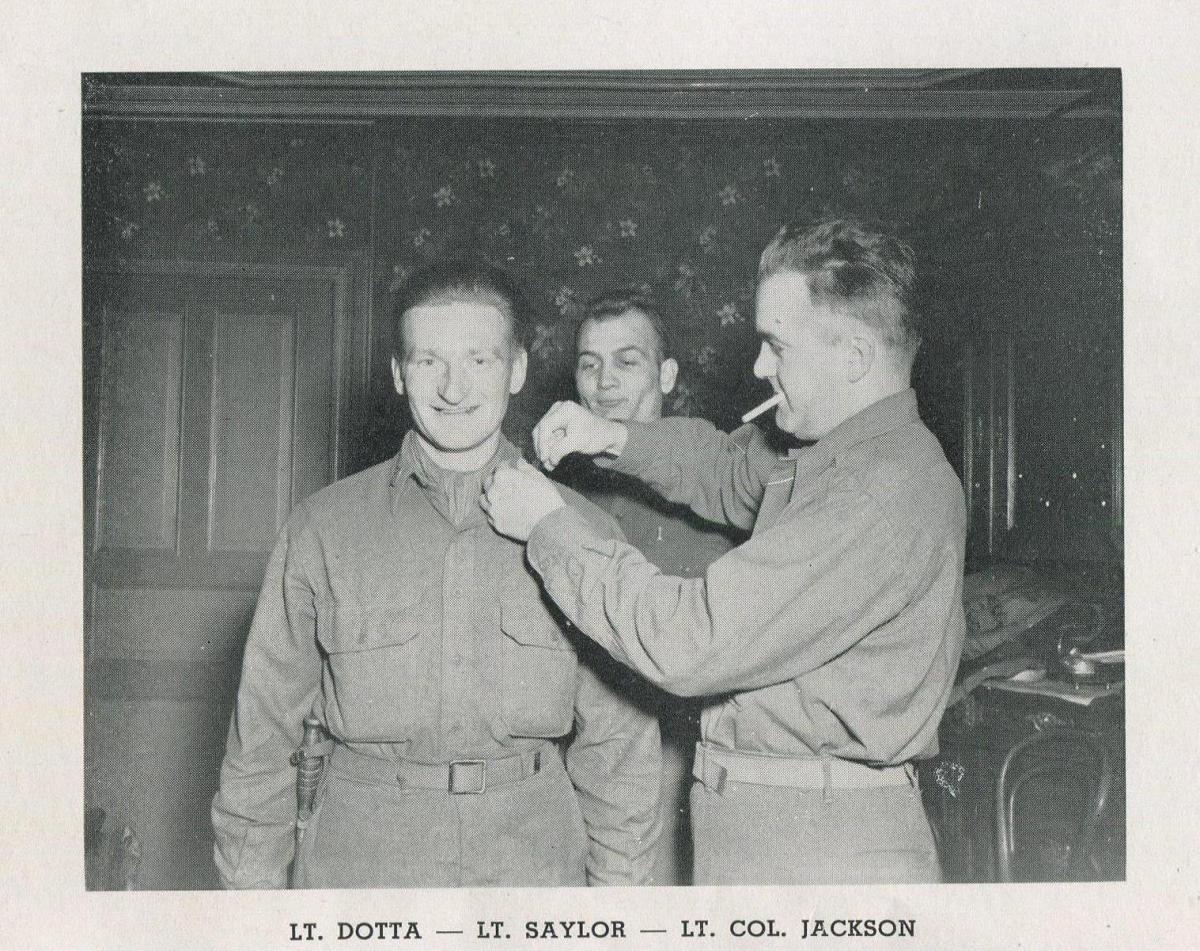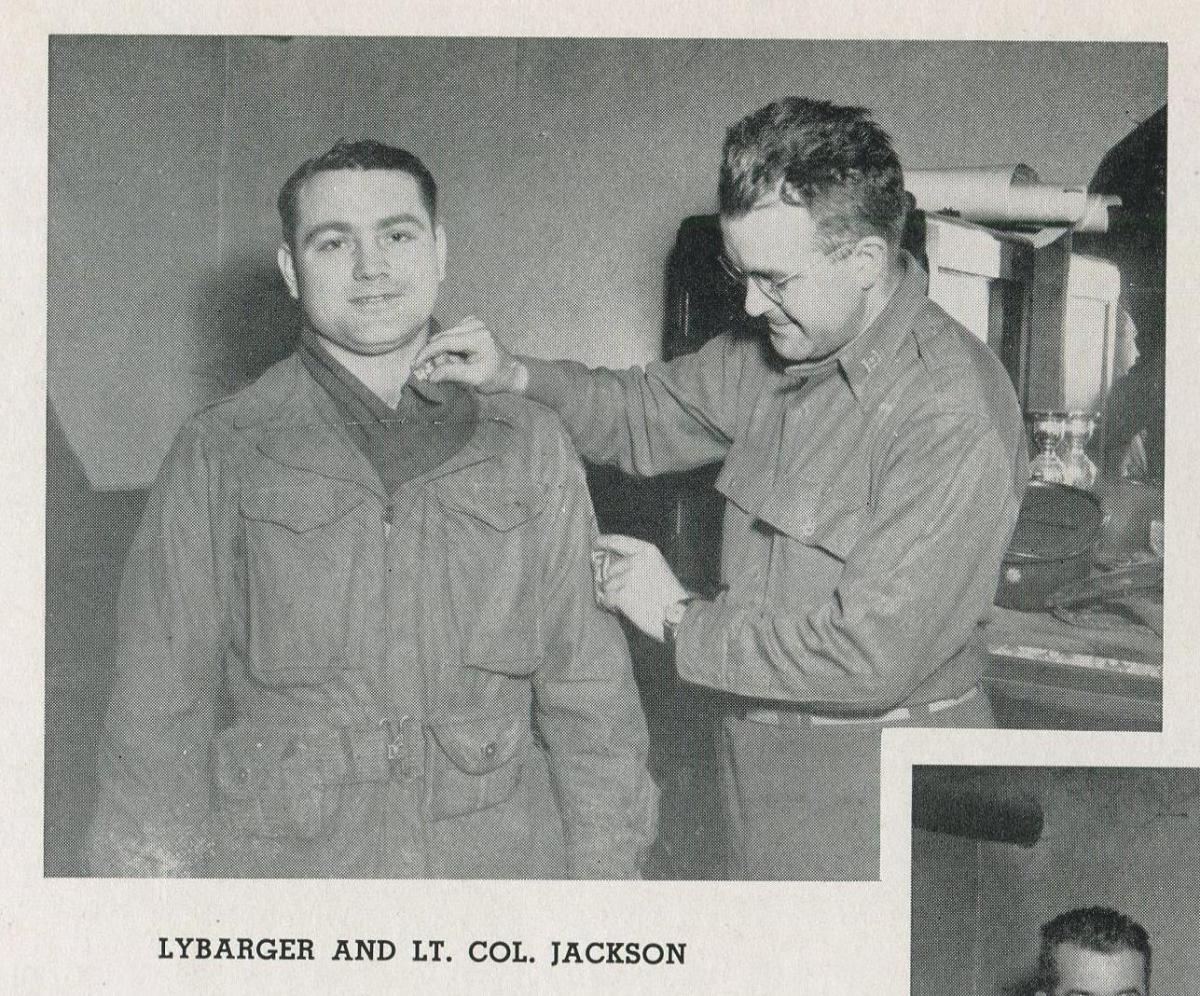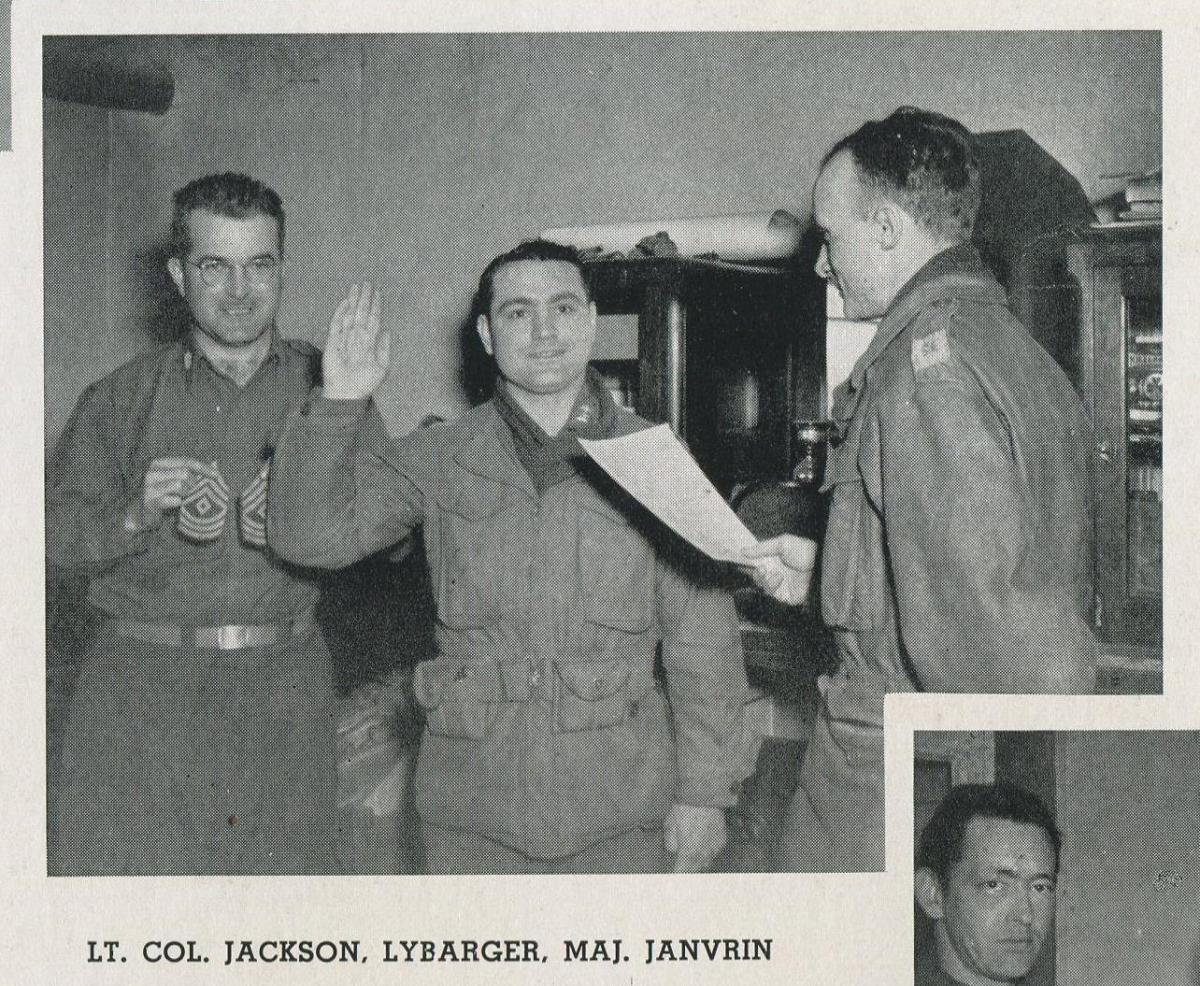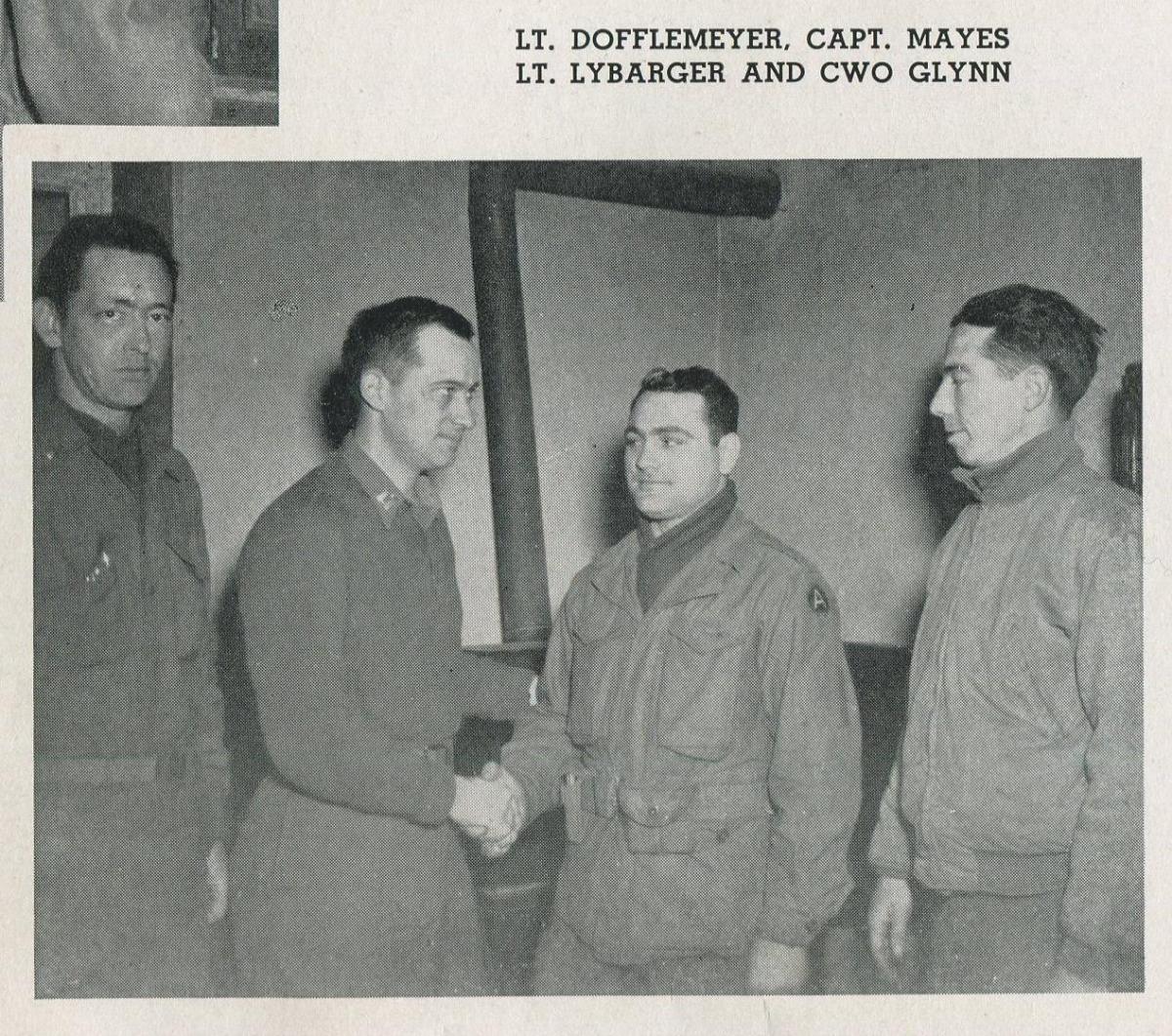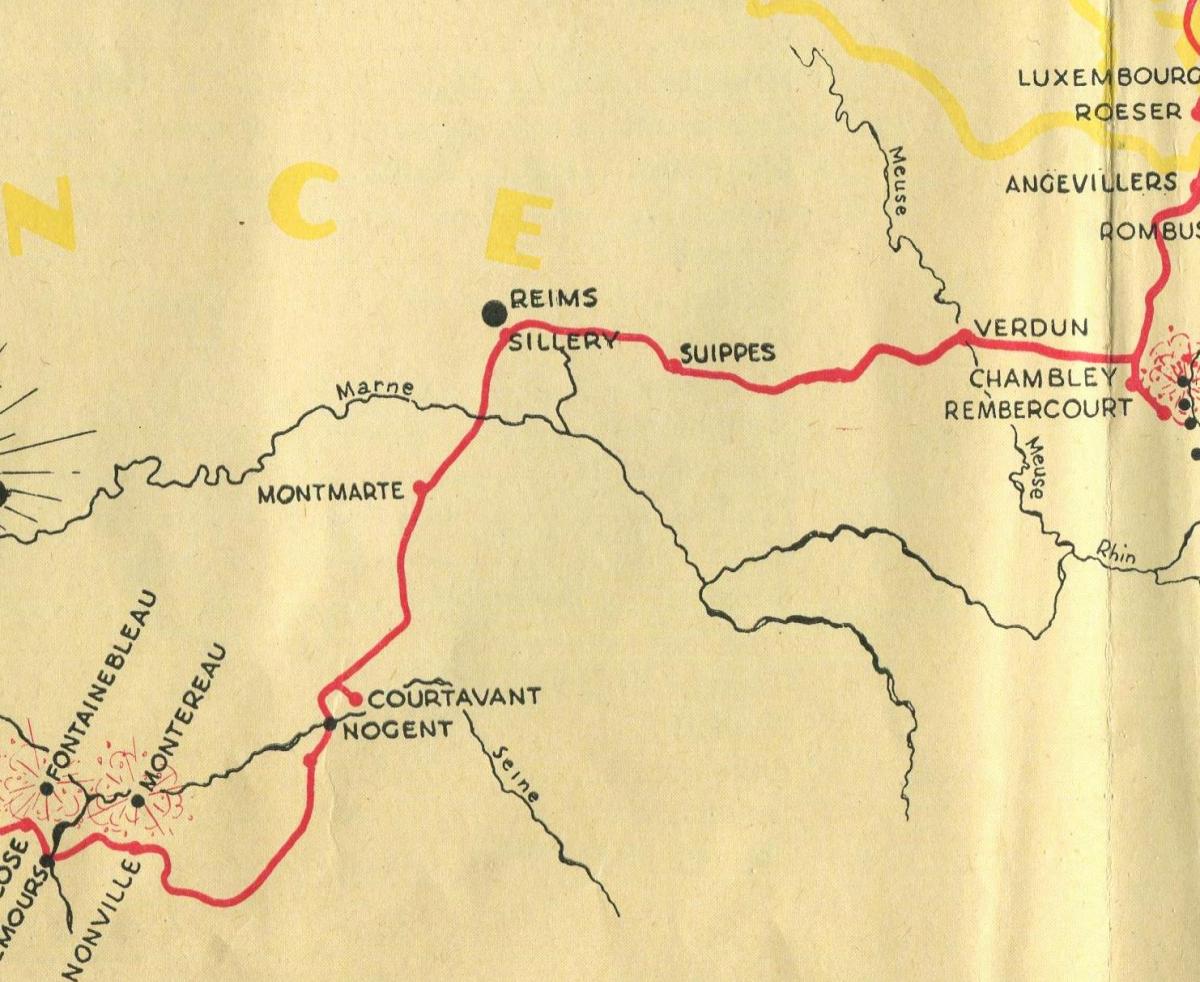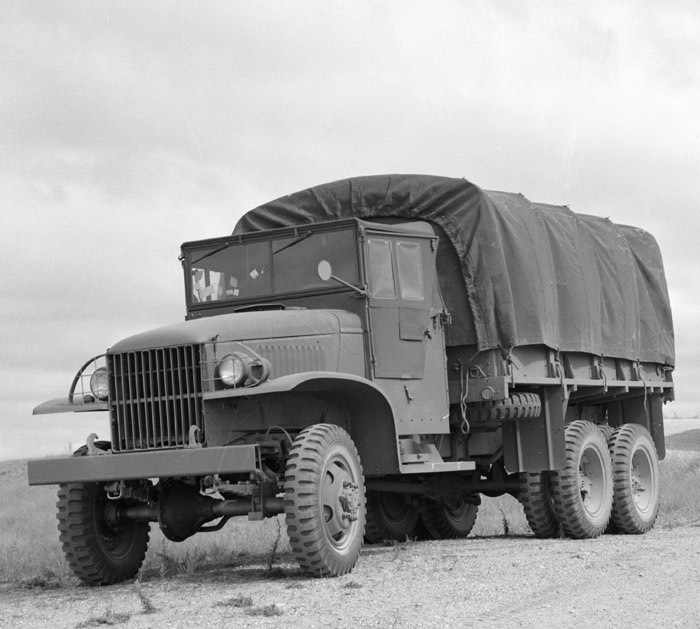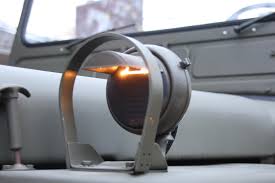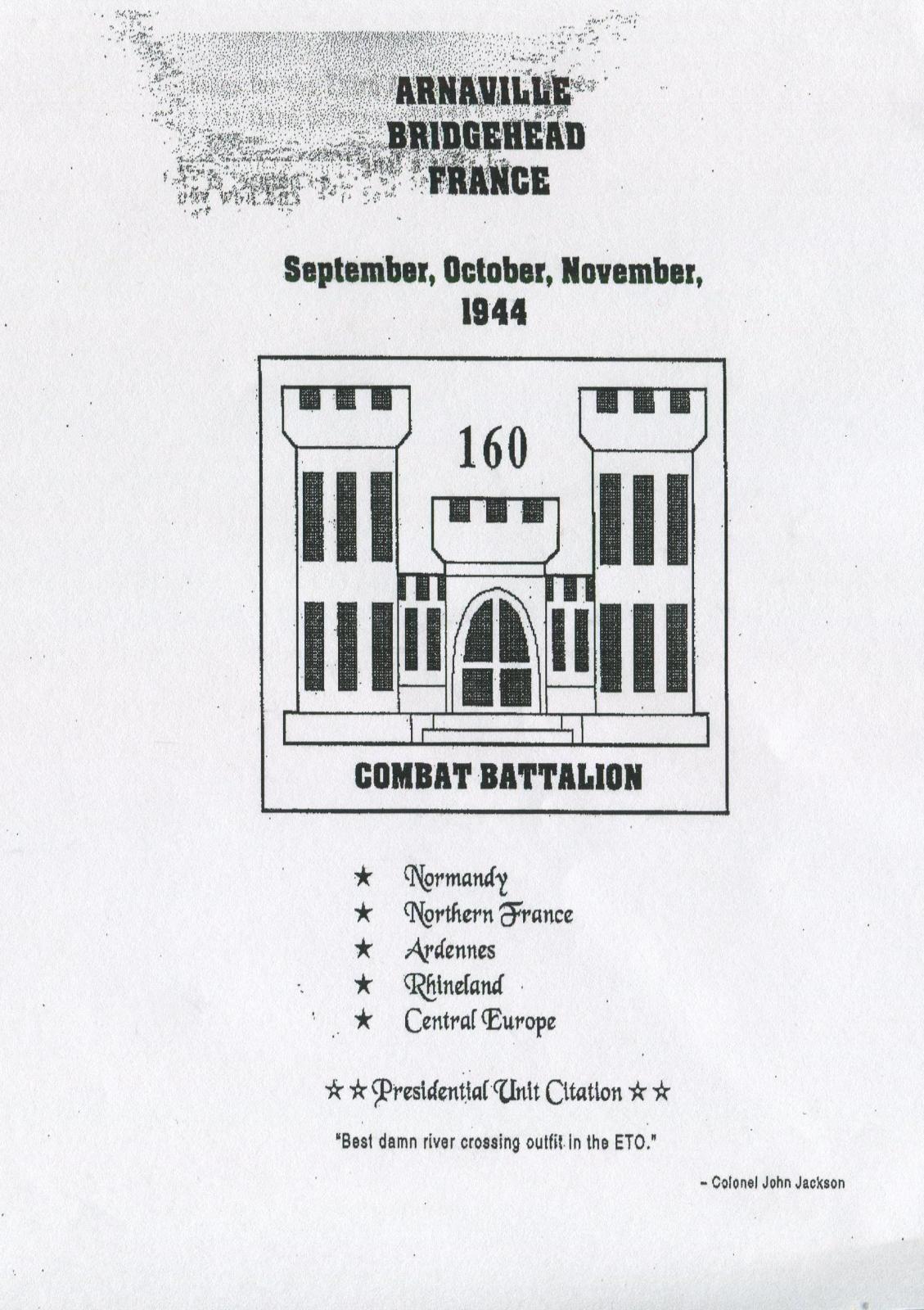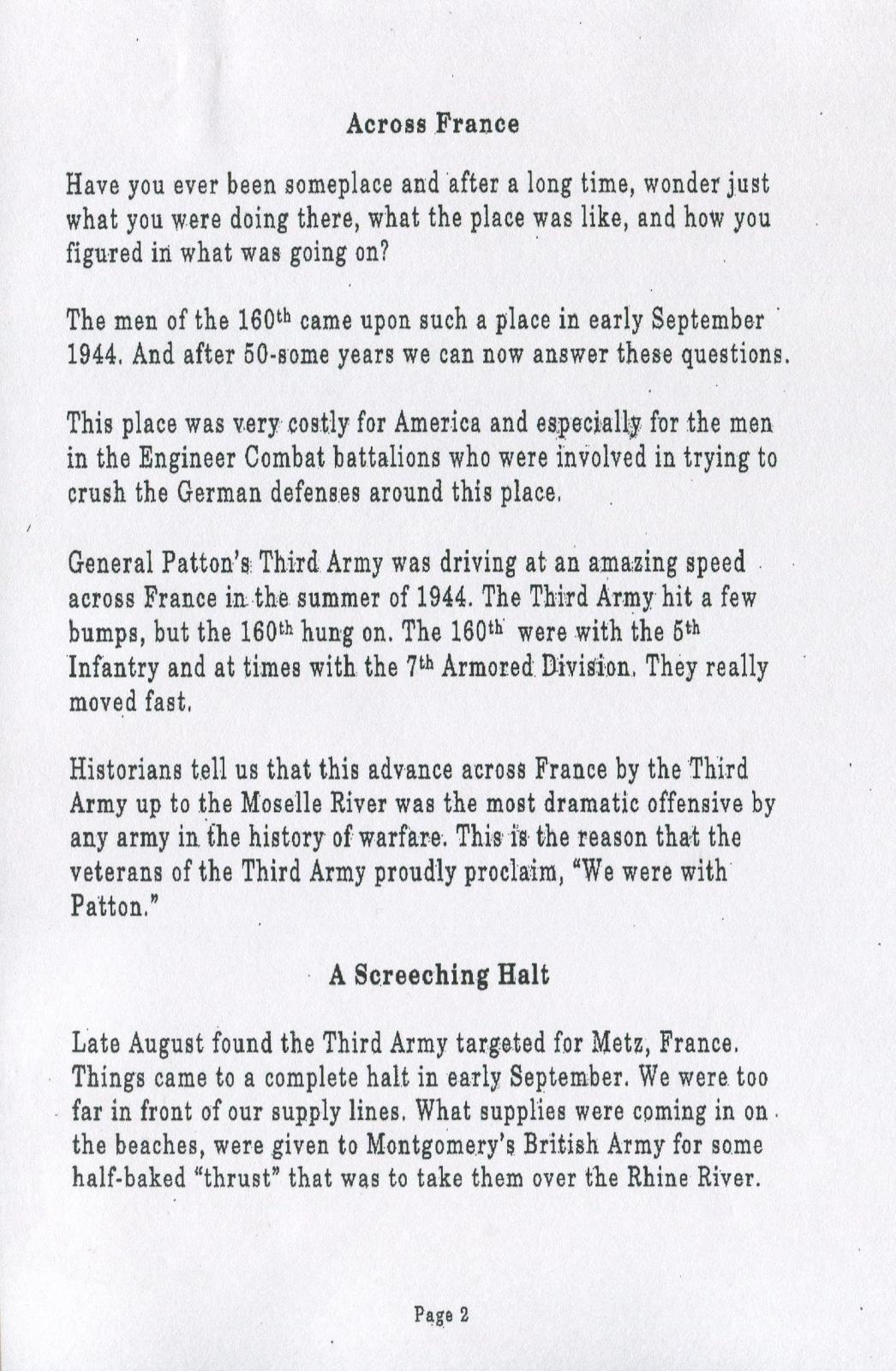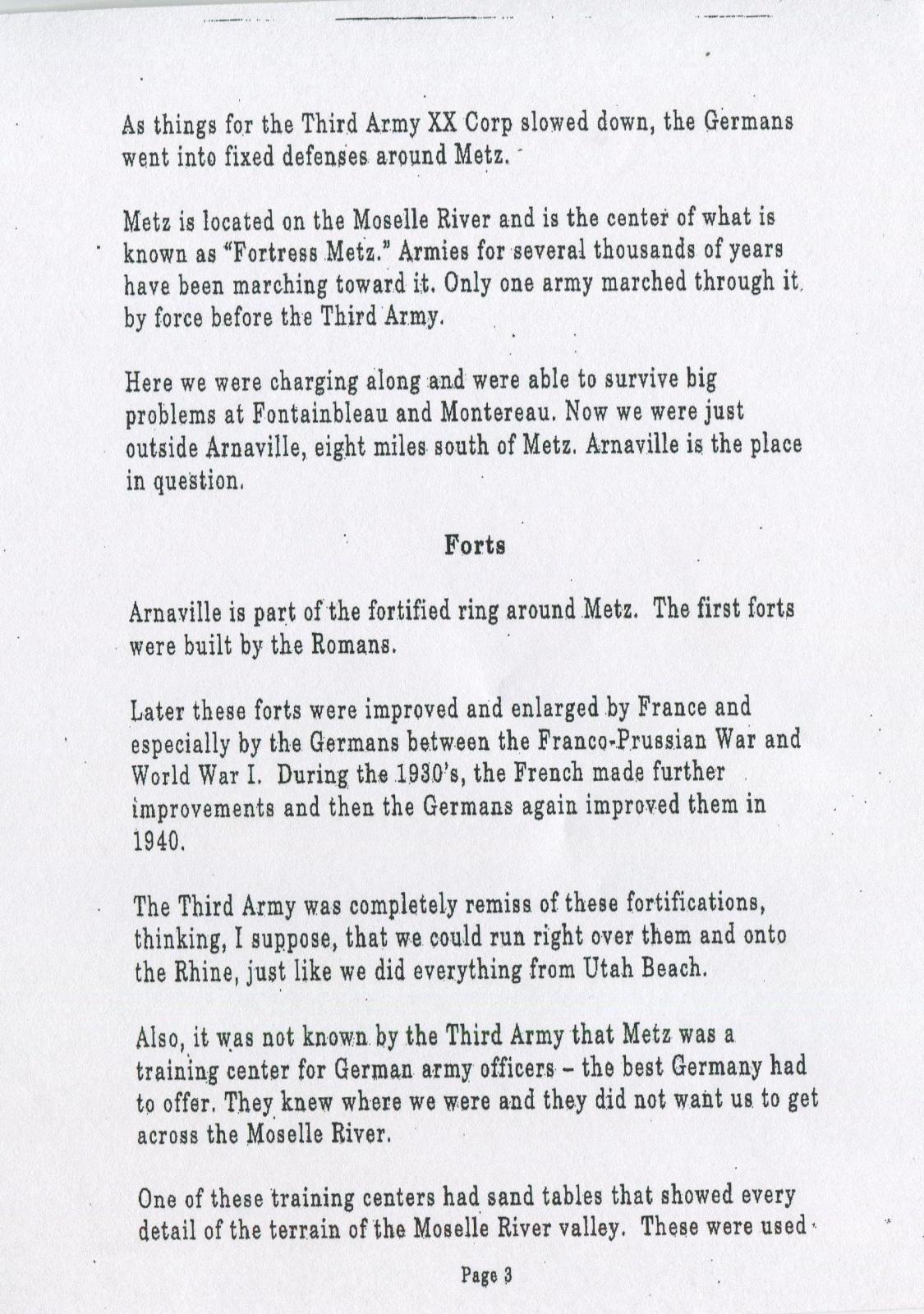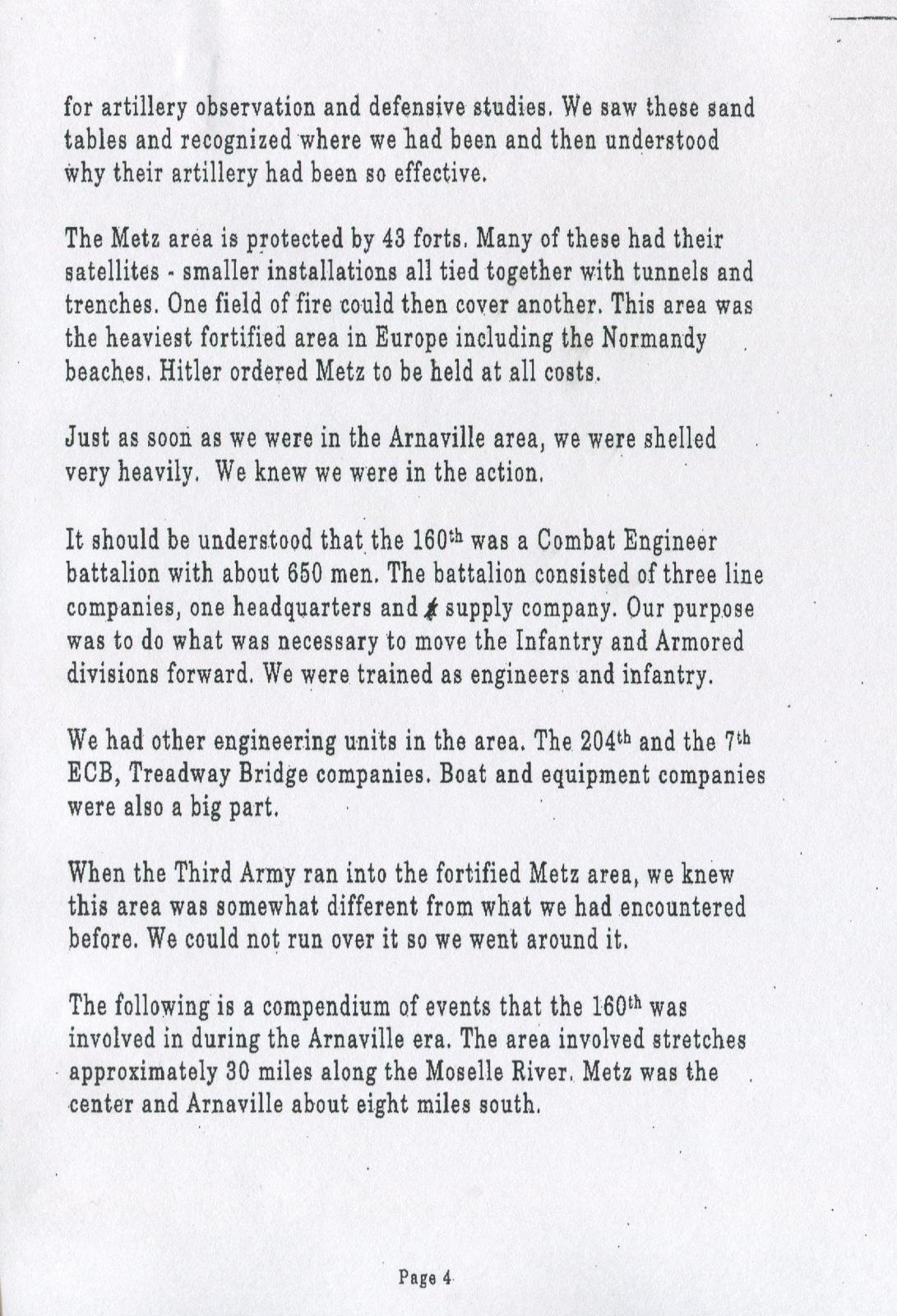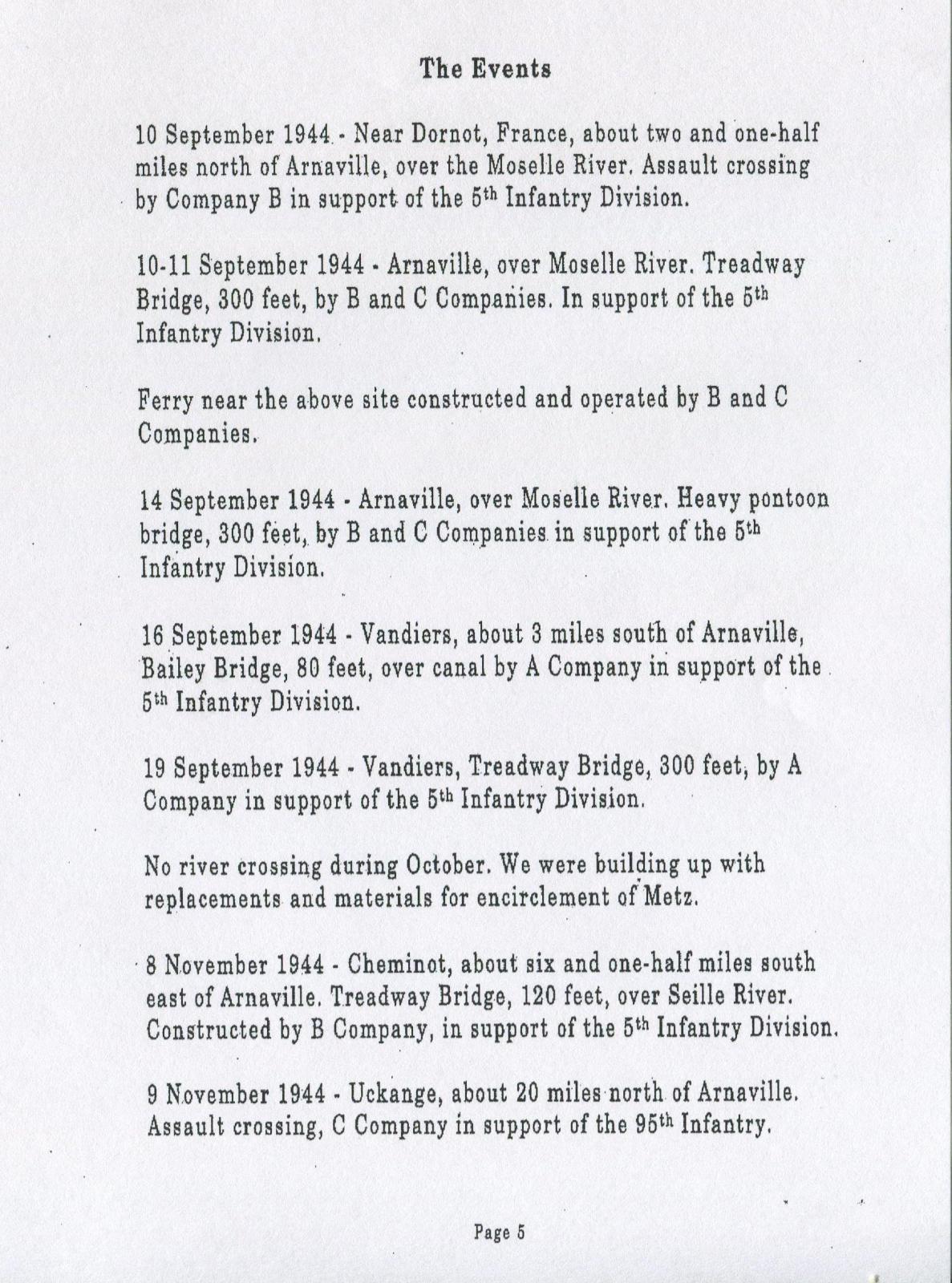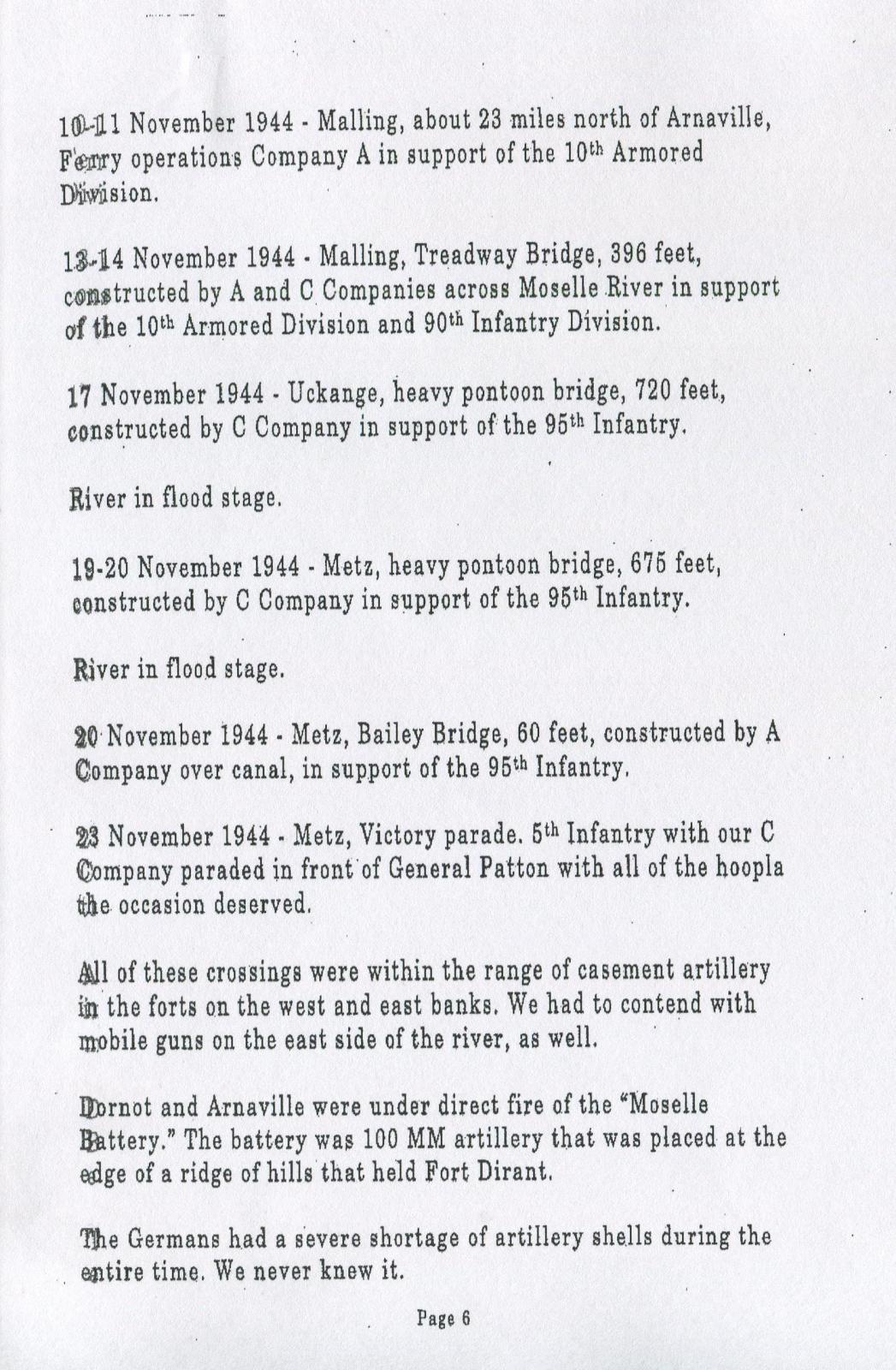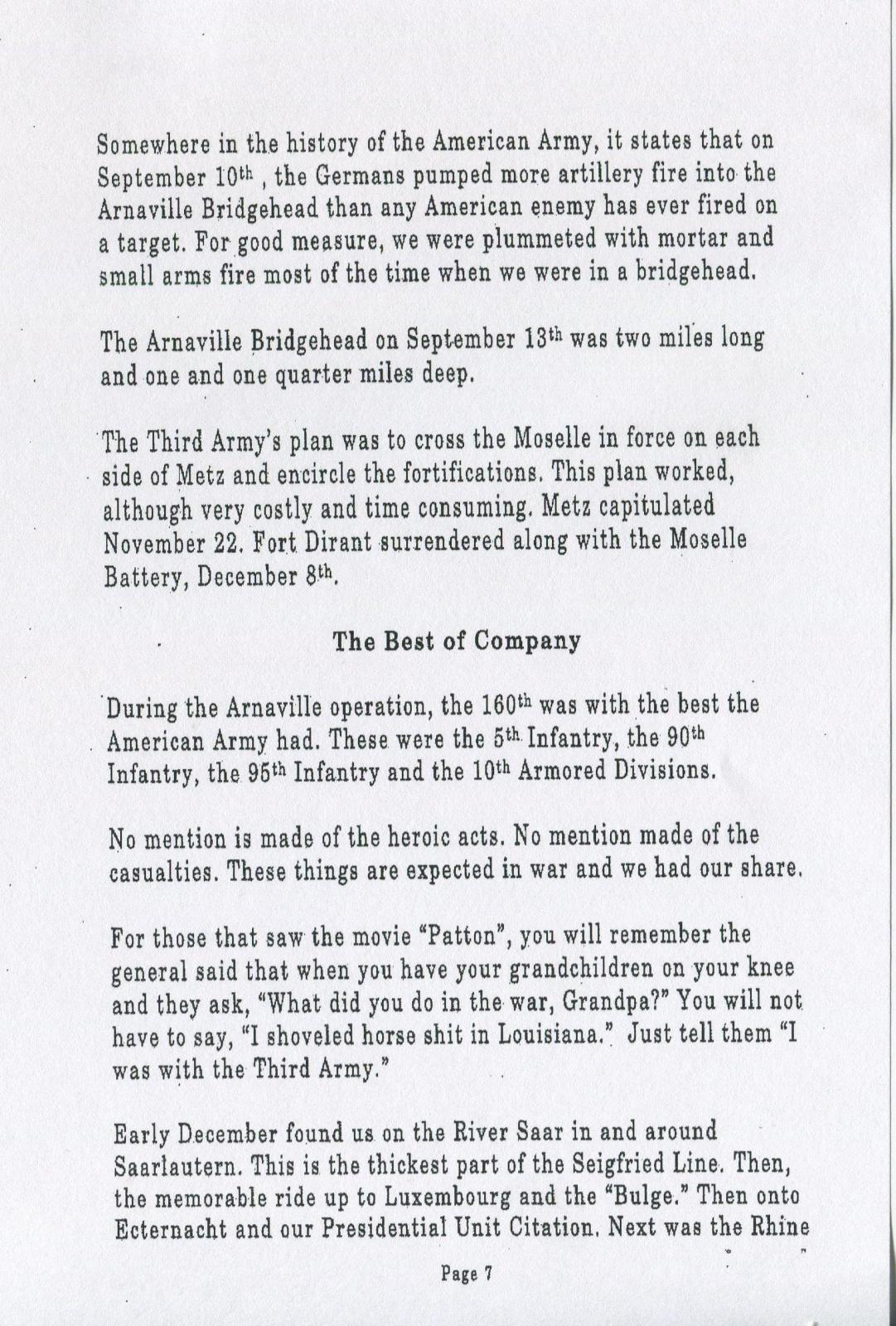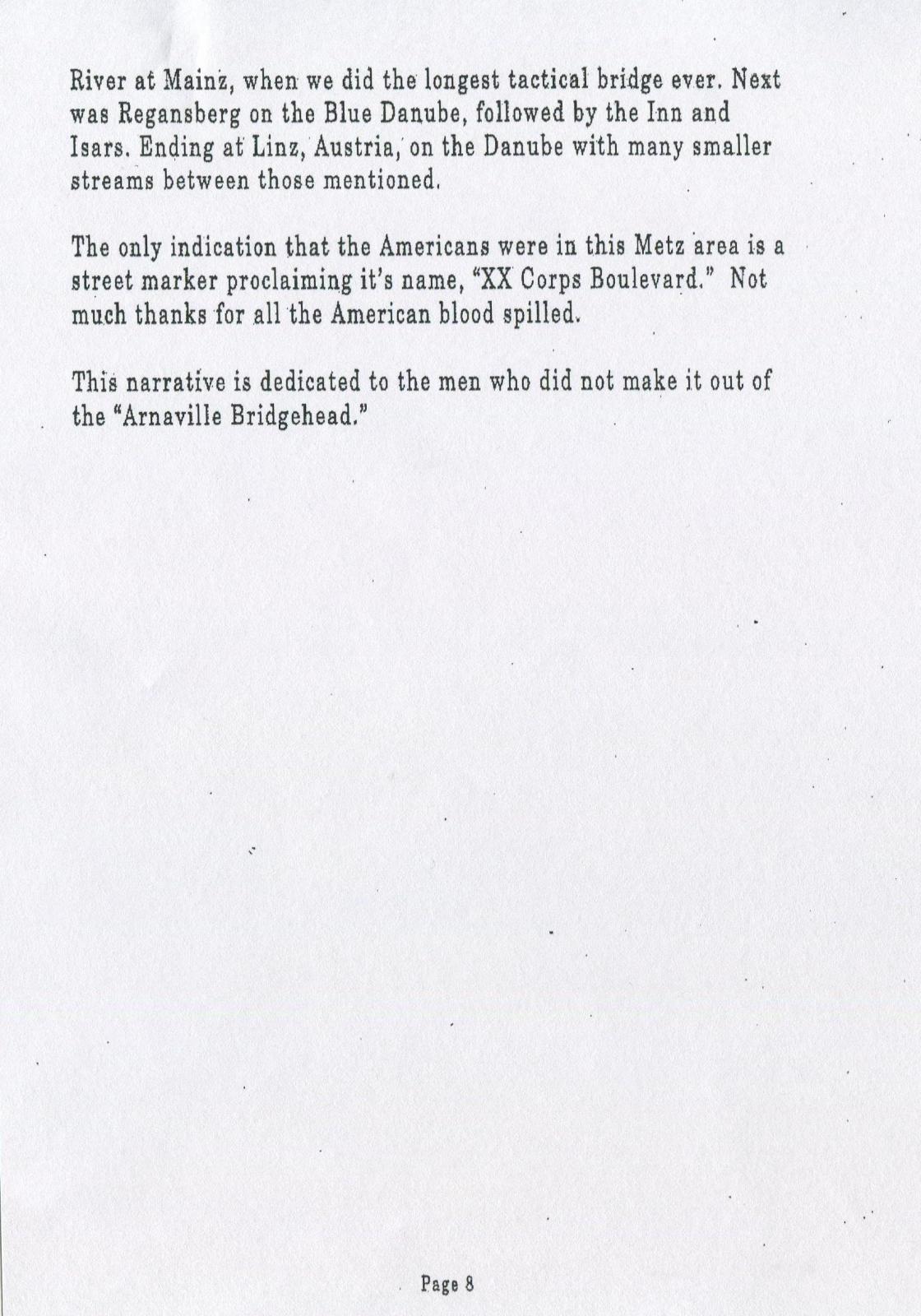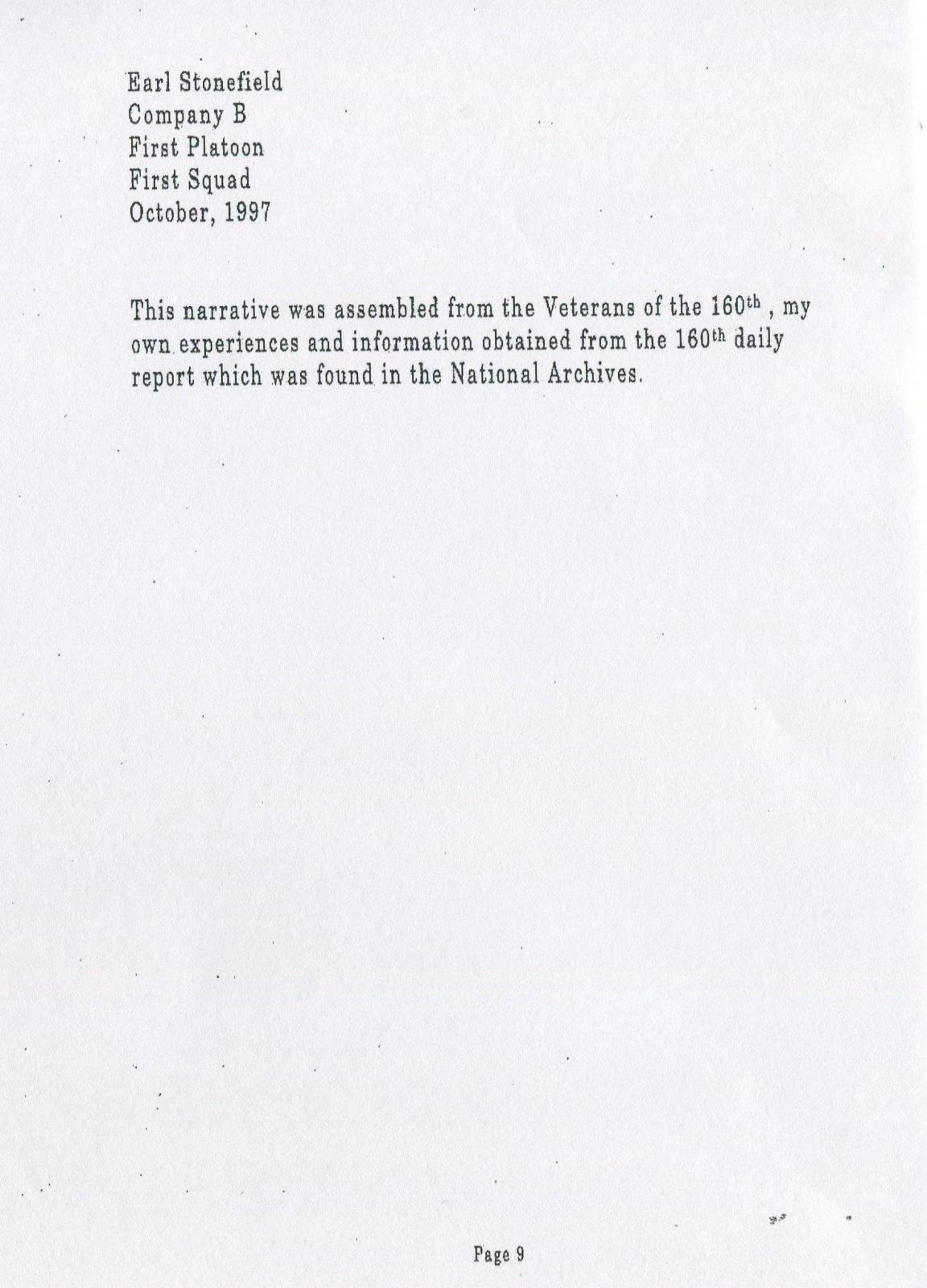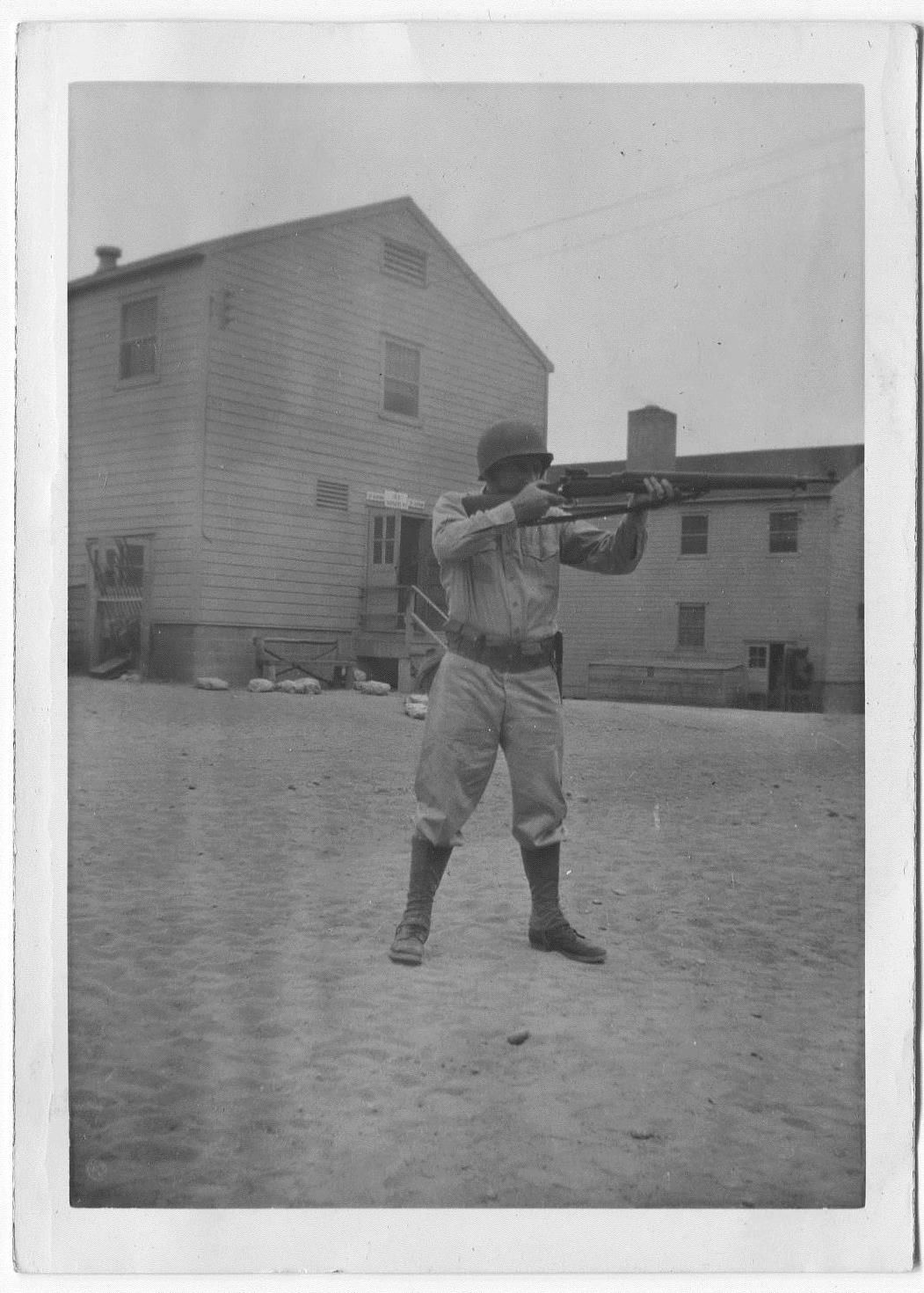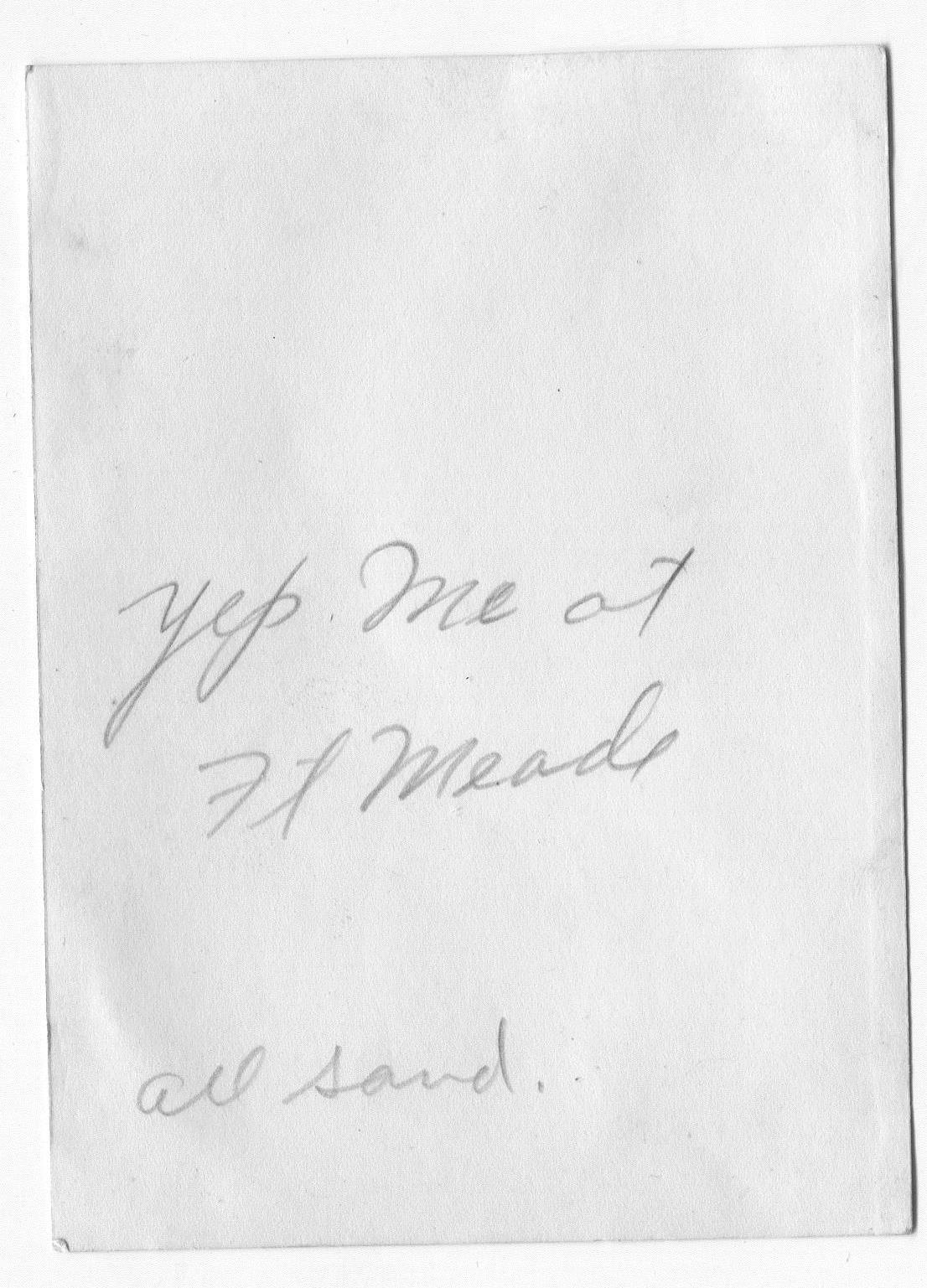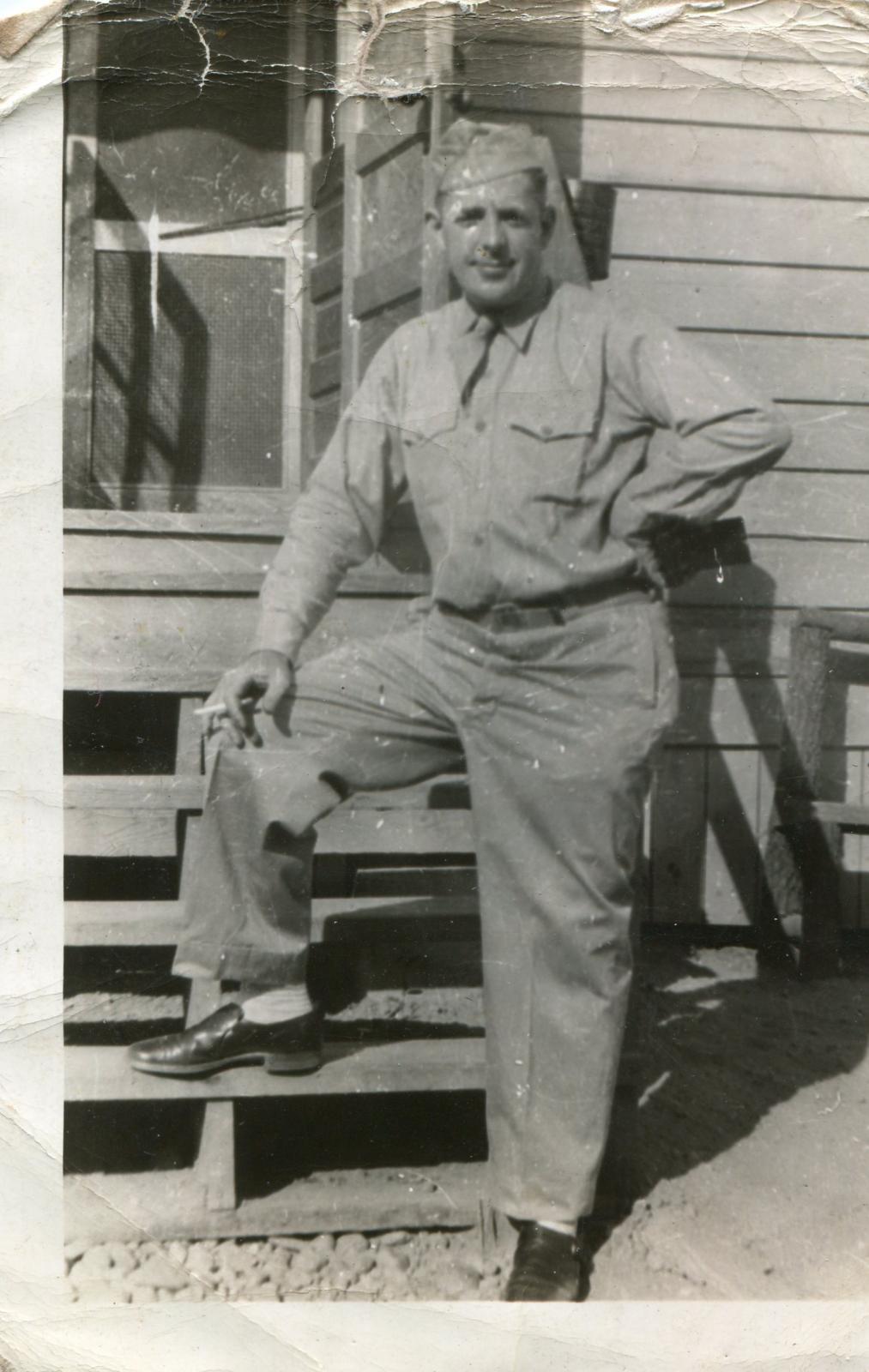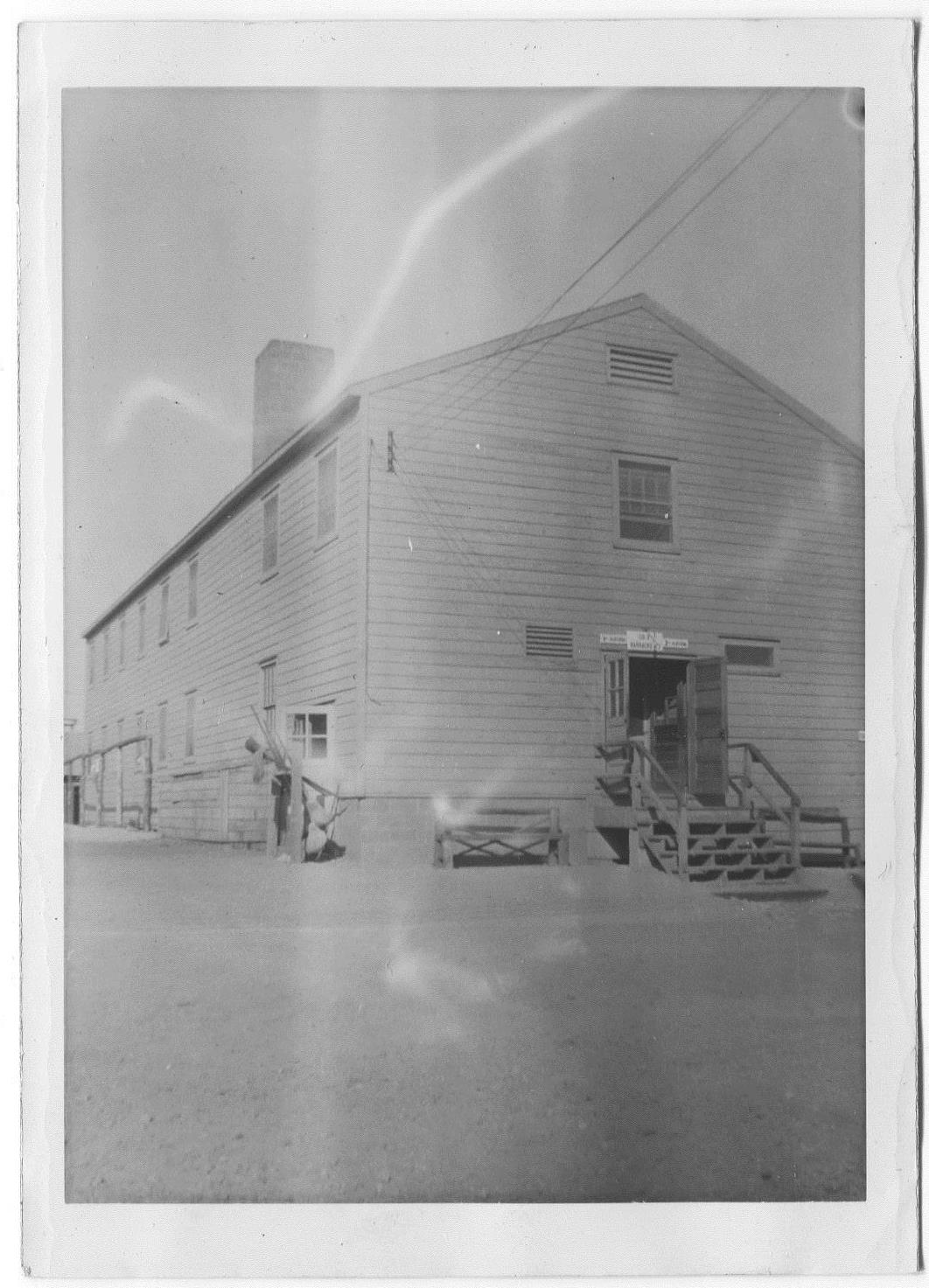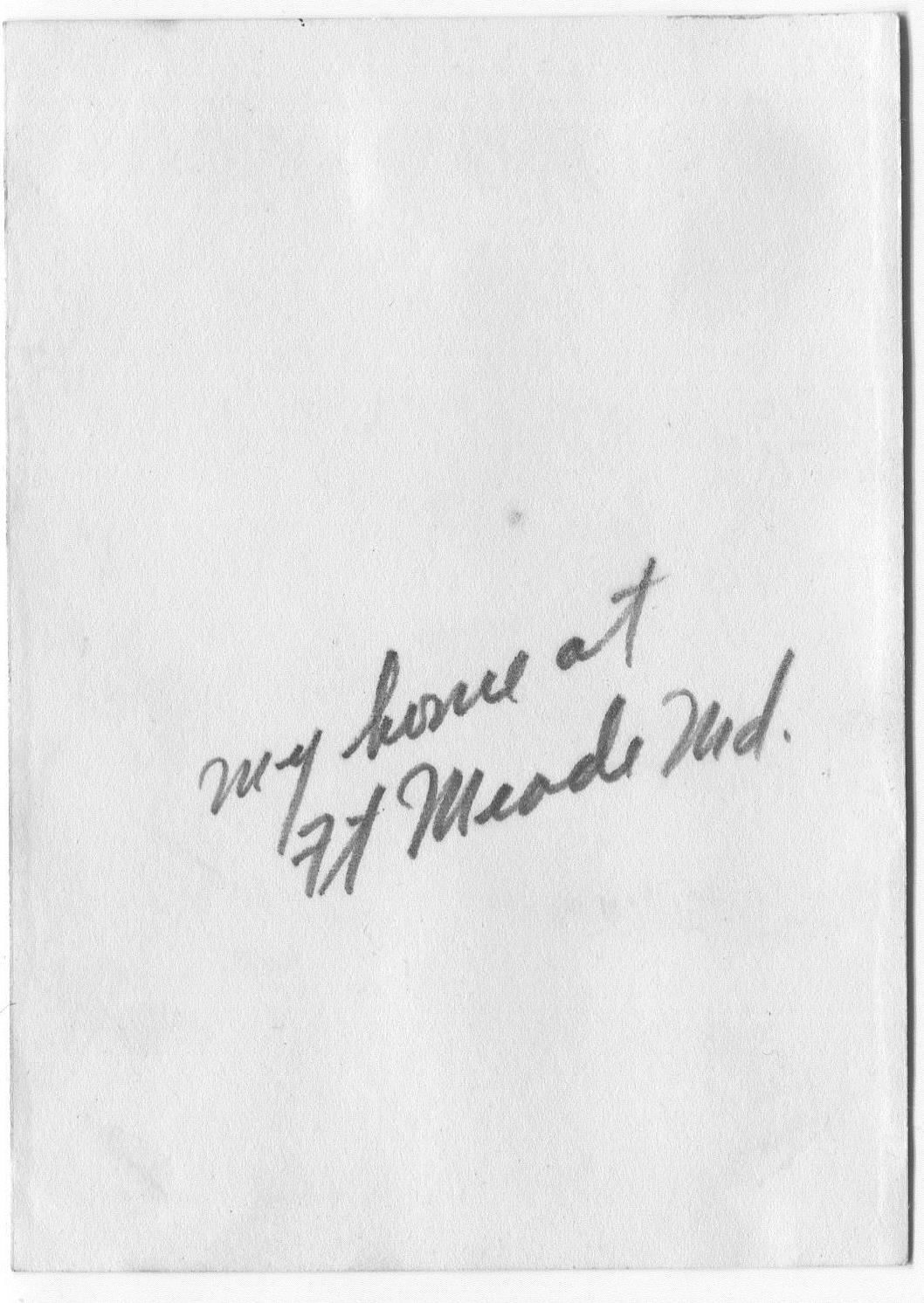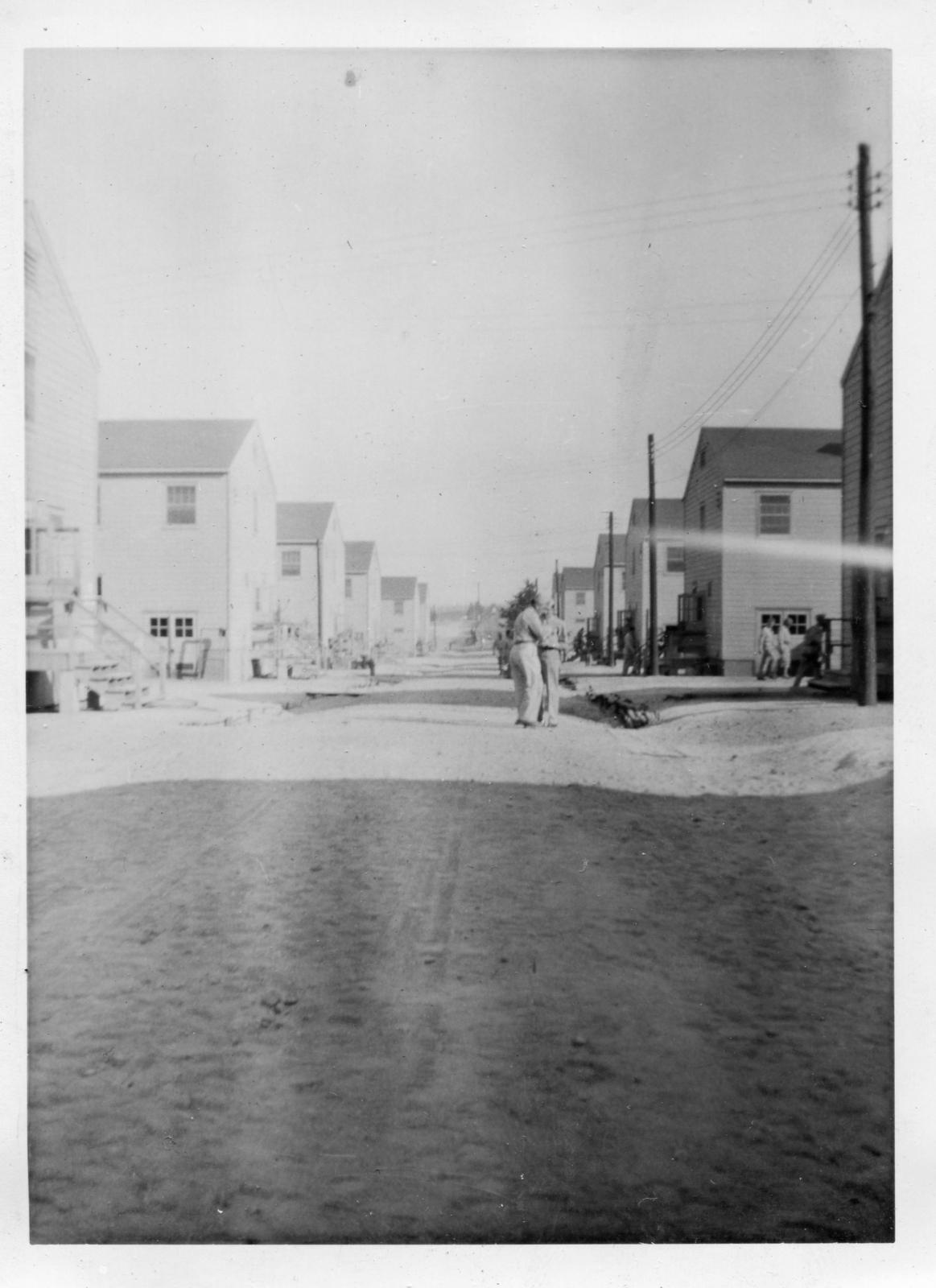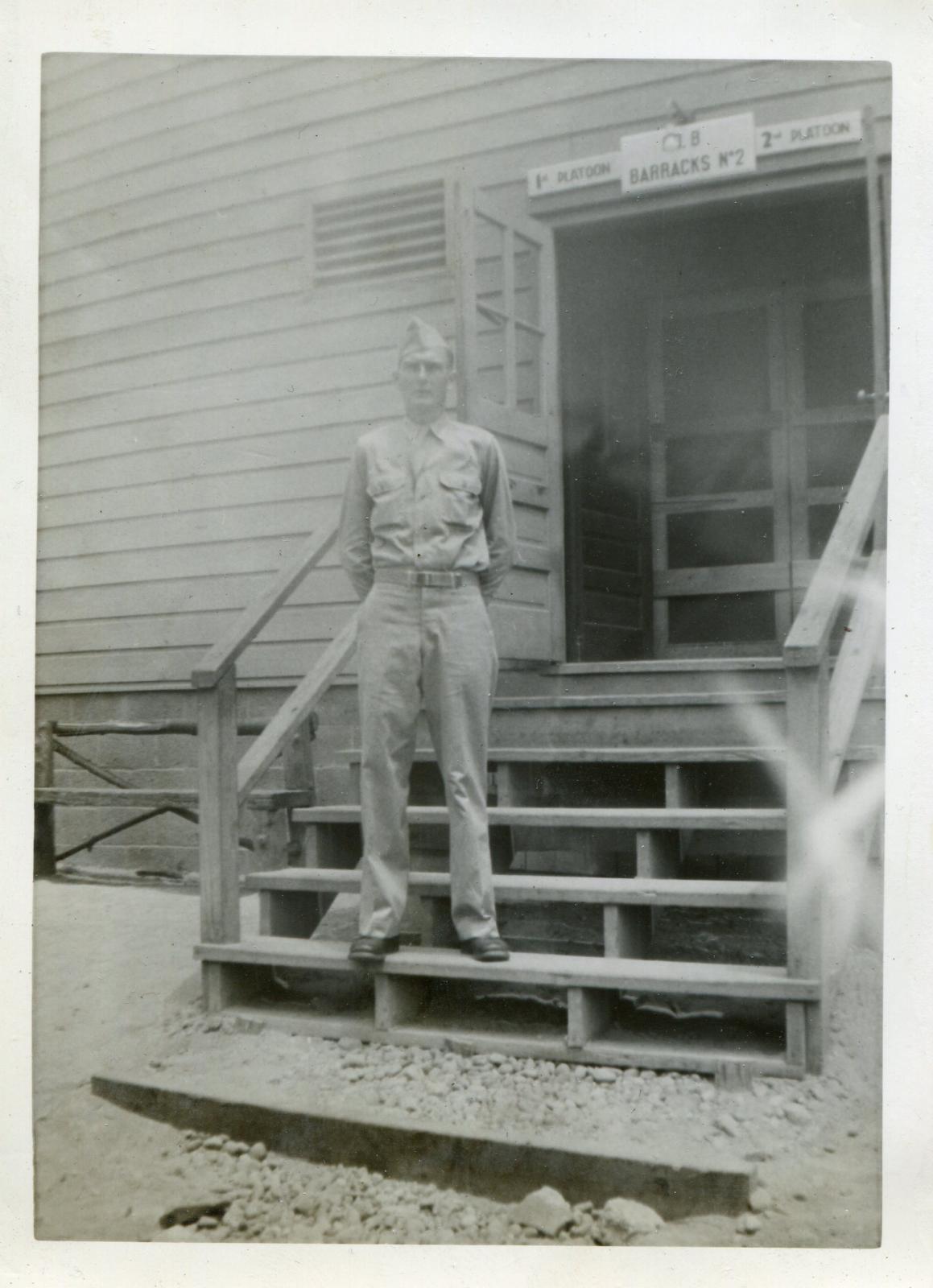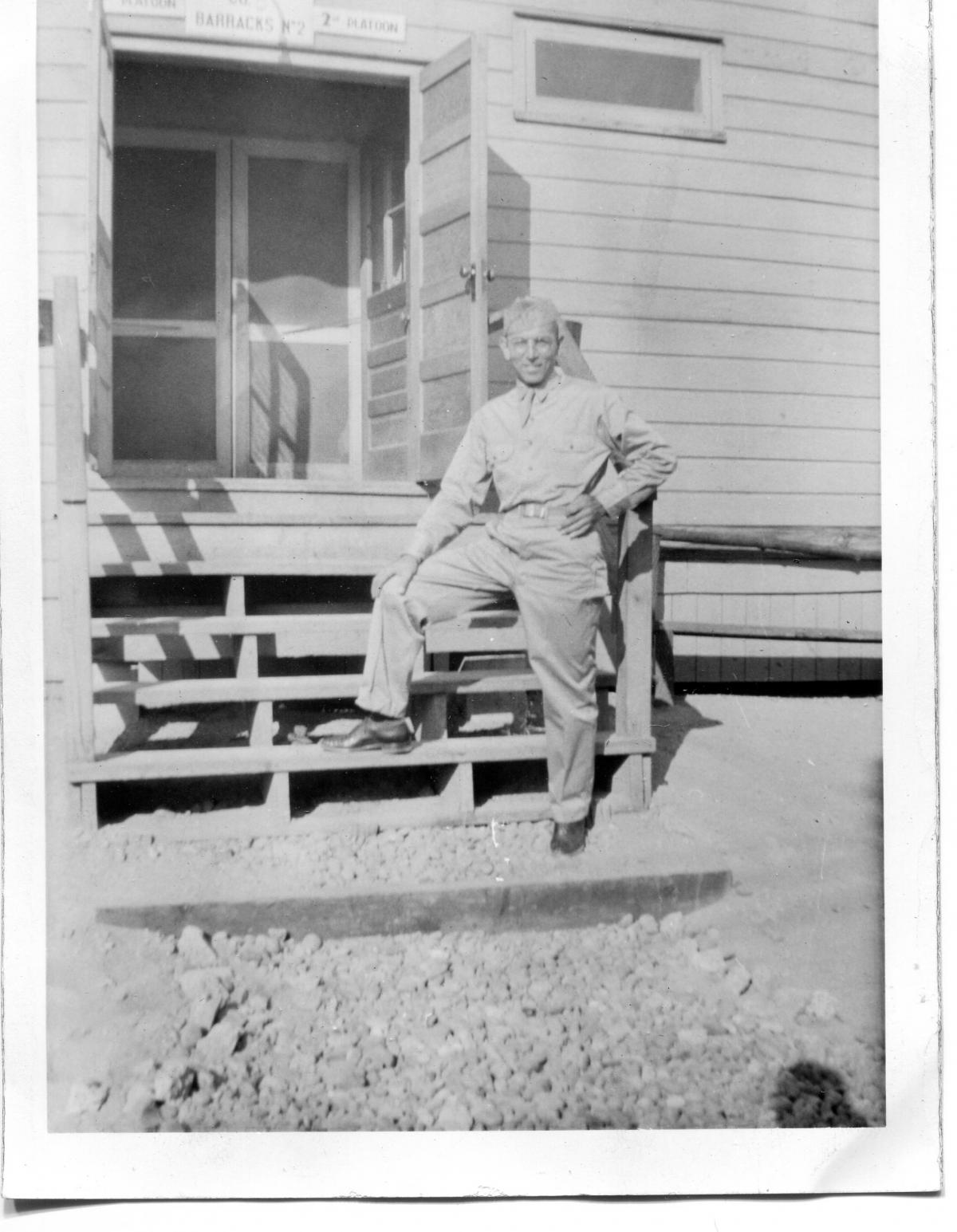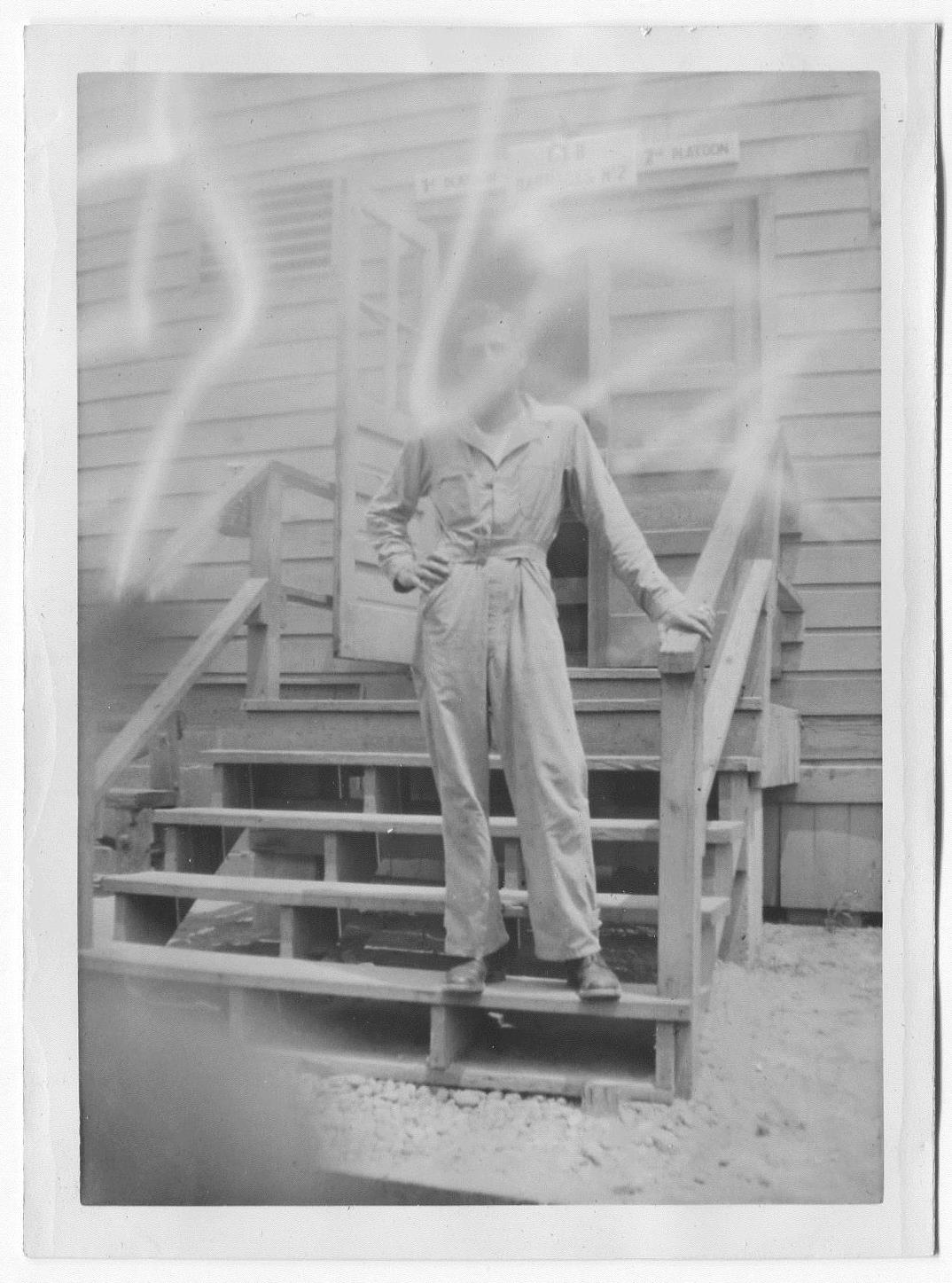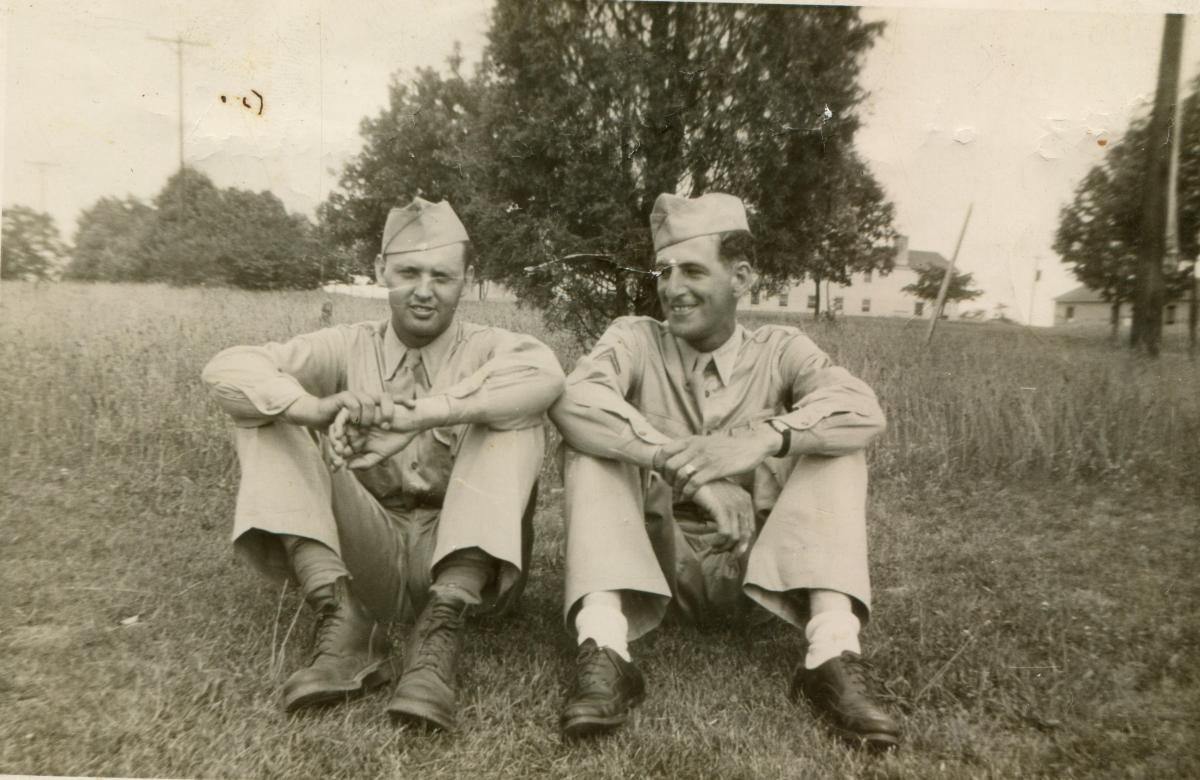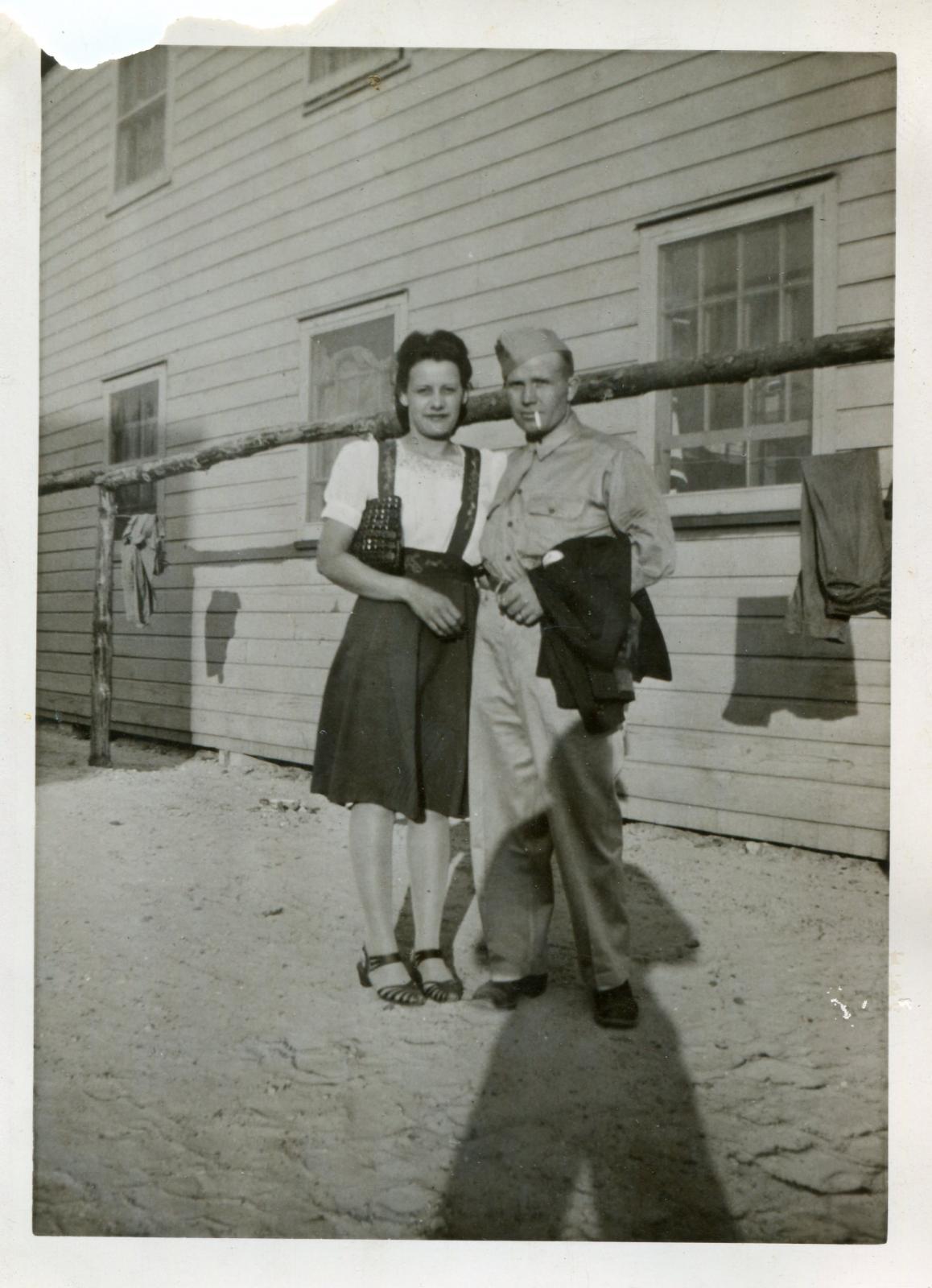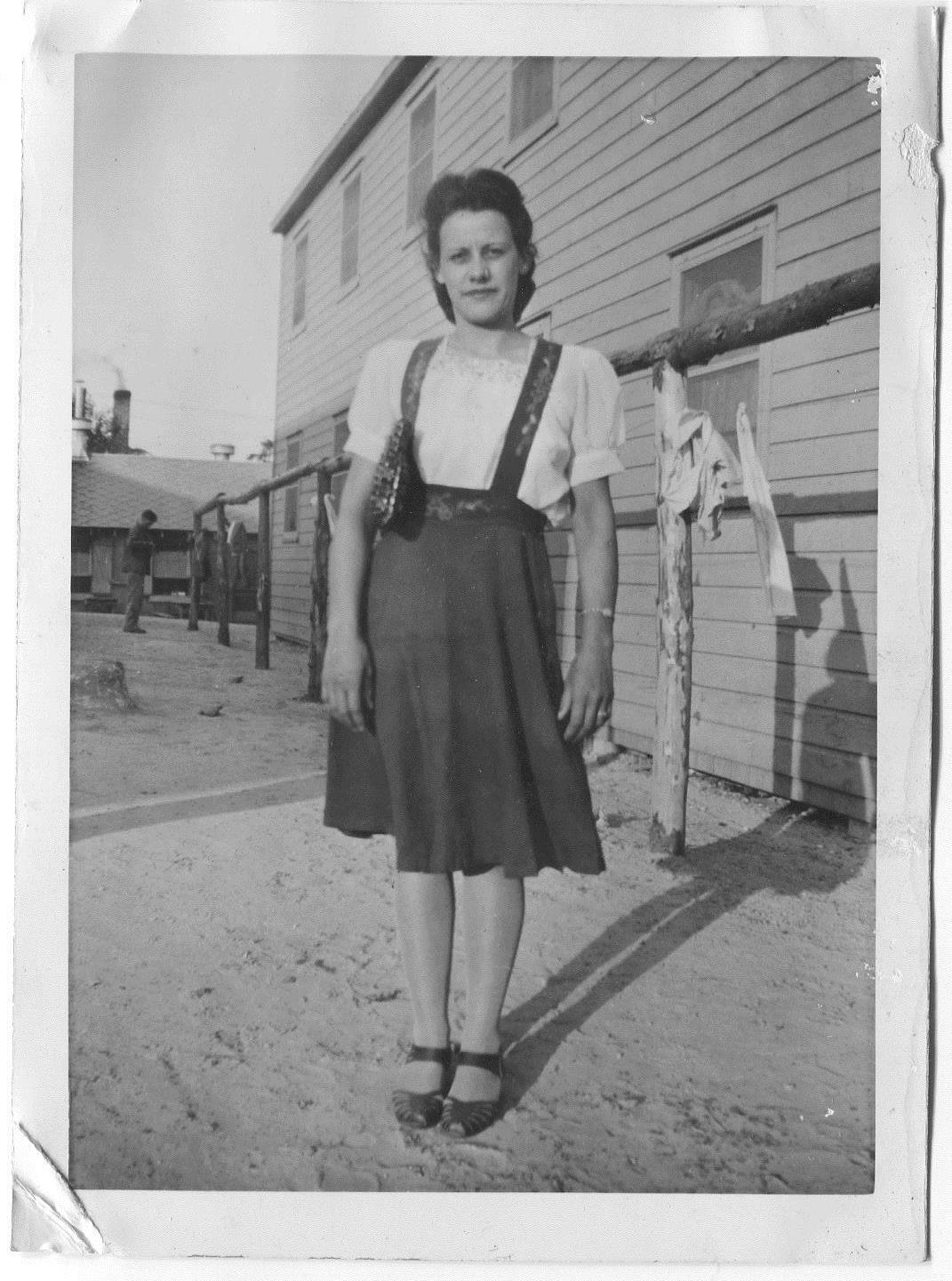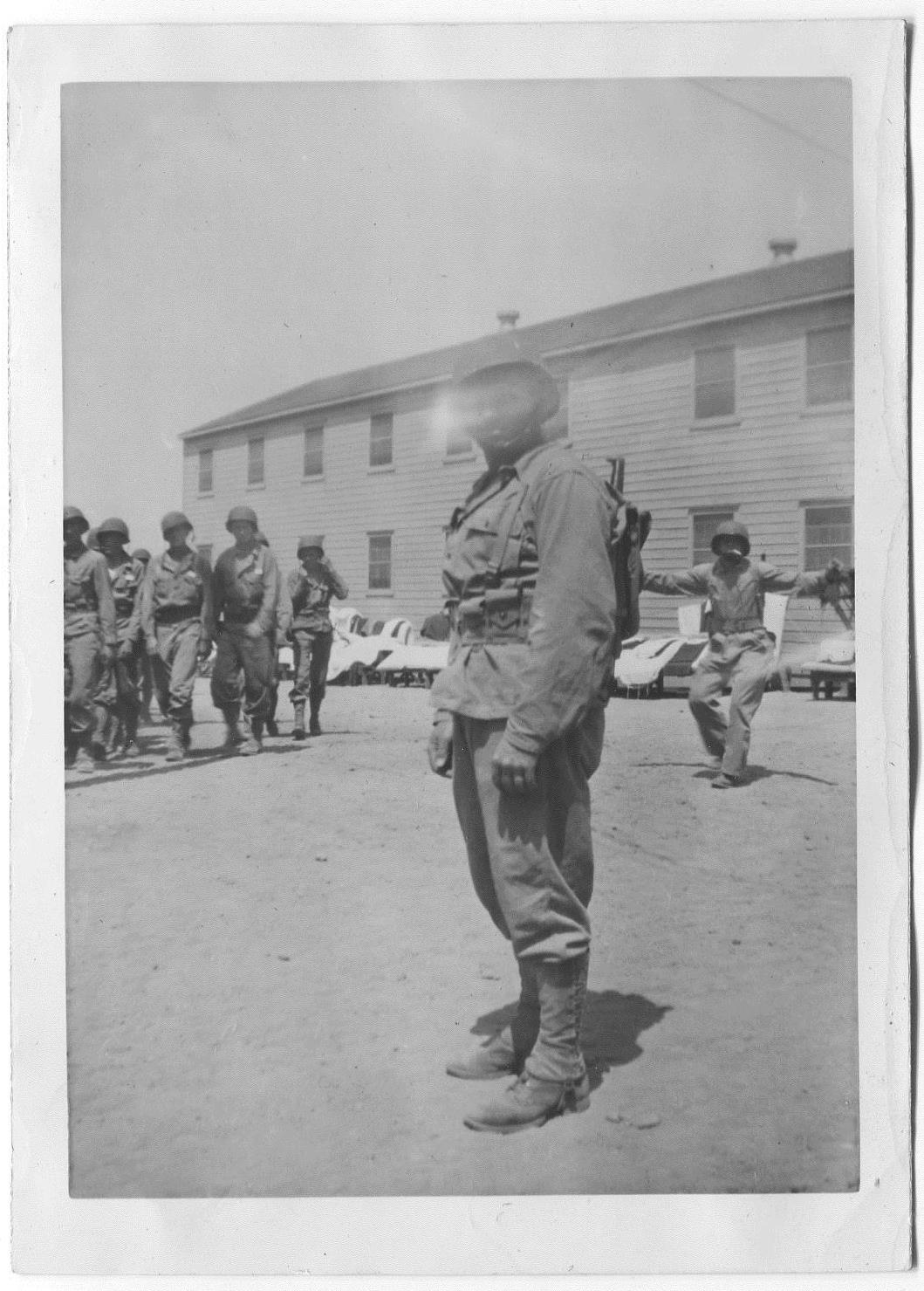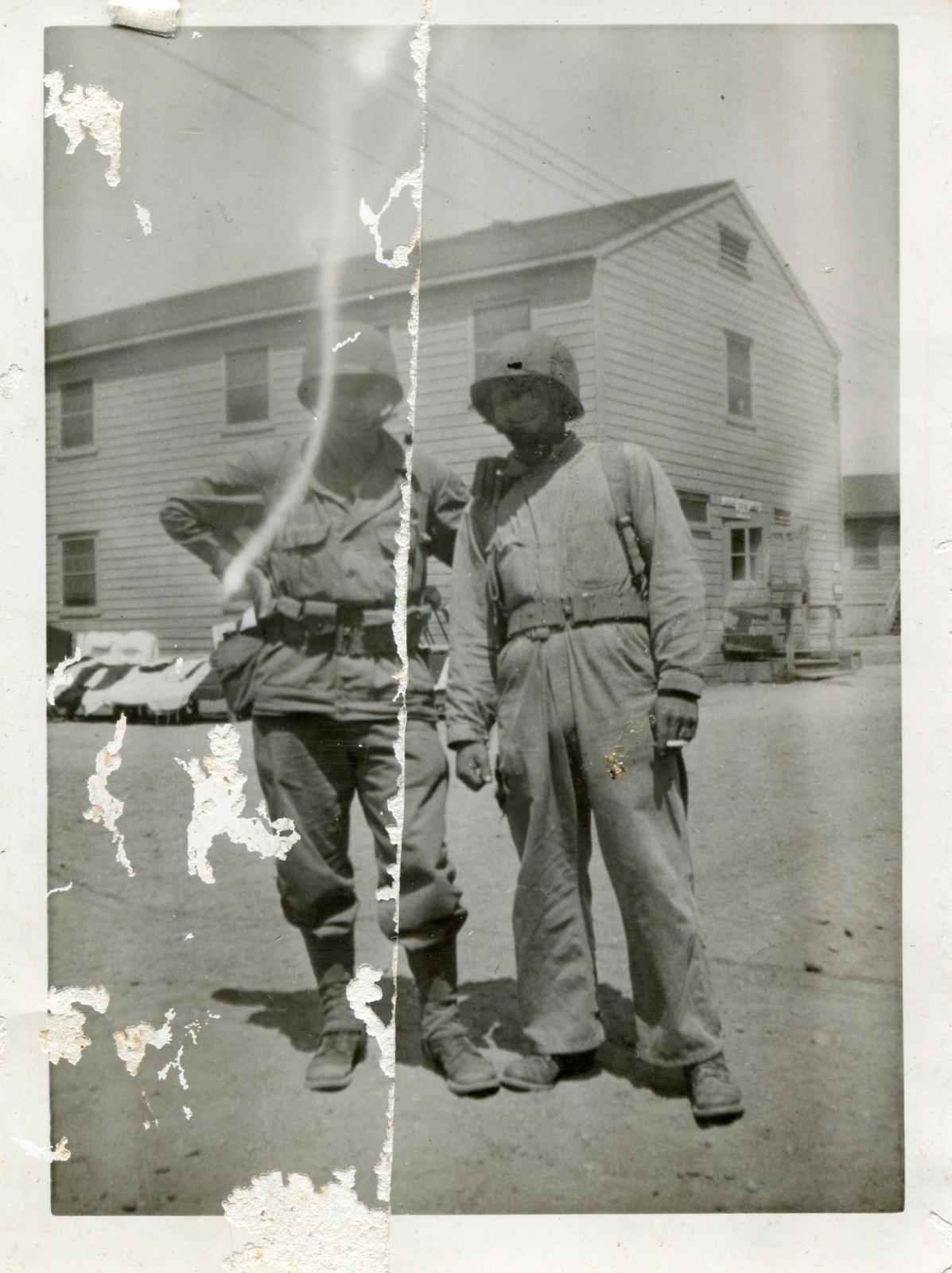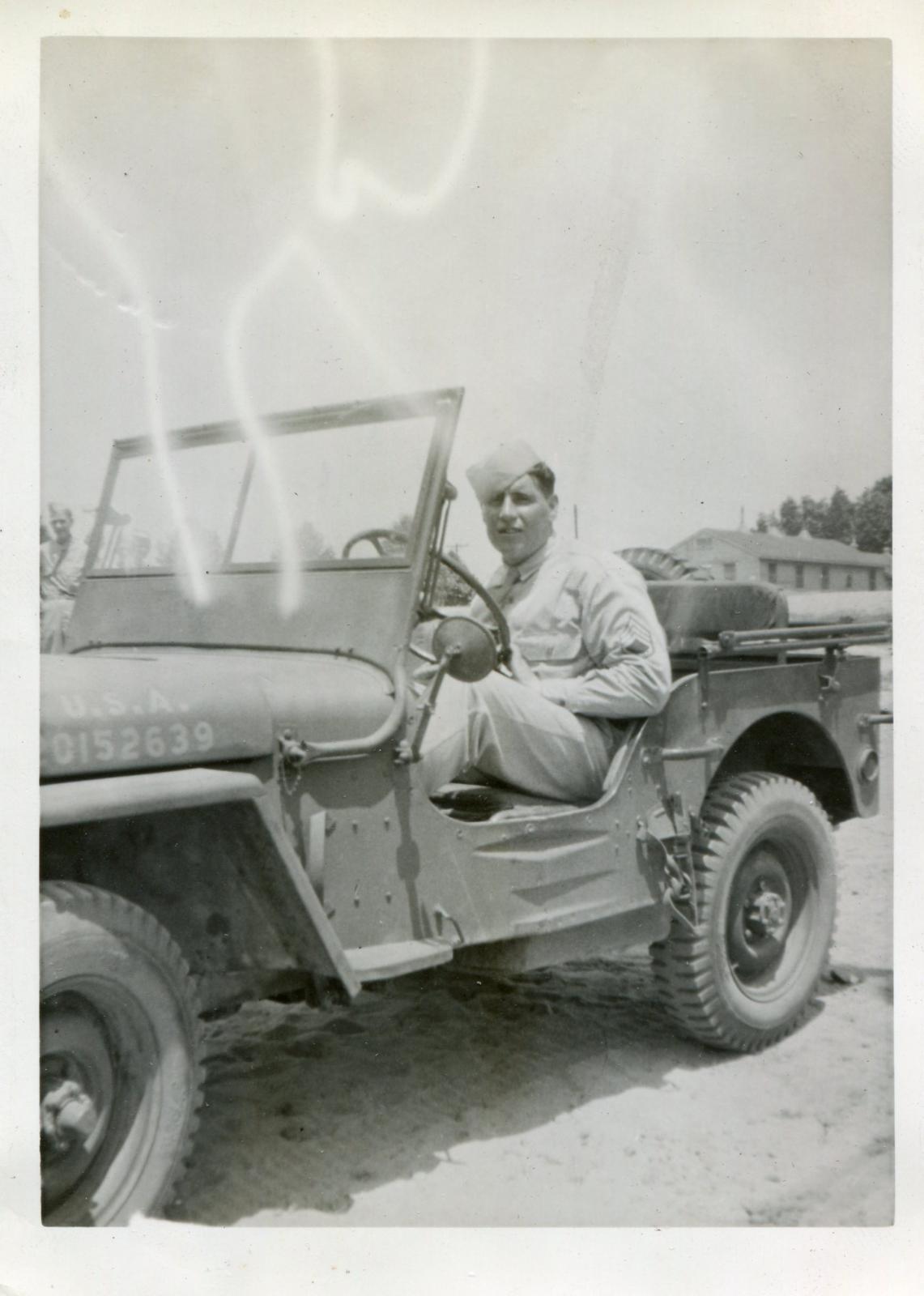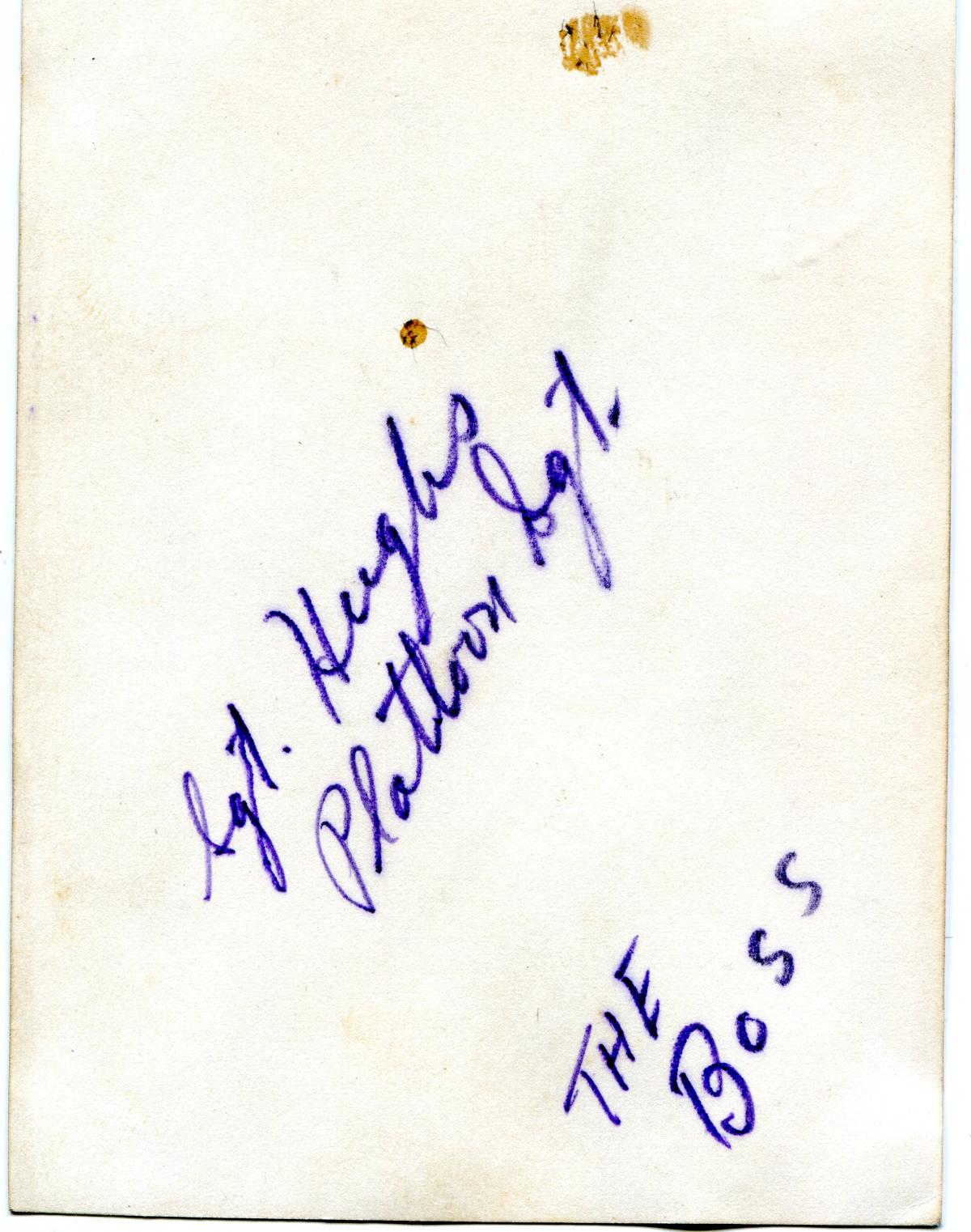Account from Edwin N. Blasingim, First Sergeant, 160 Engineer Combat Battalion, as told to his son.
The 160 Engineer Combat Battalion spent most of the Fall of 1944 with the 5th Infantry Division and the rest of Patton's Third Army at the Moselle River, up and down the valley from Pont-A-Mousson to Trier.The fortified city of Metz was the big objective and the big obstacle to getting into Germany and across the Rhine.
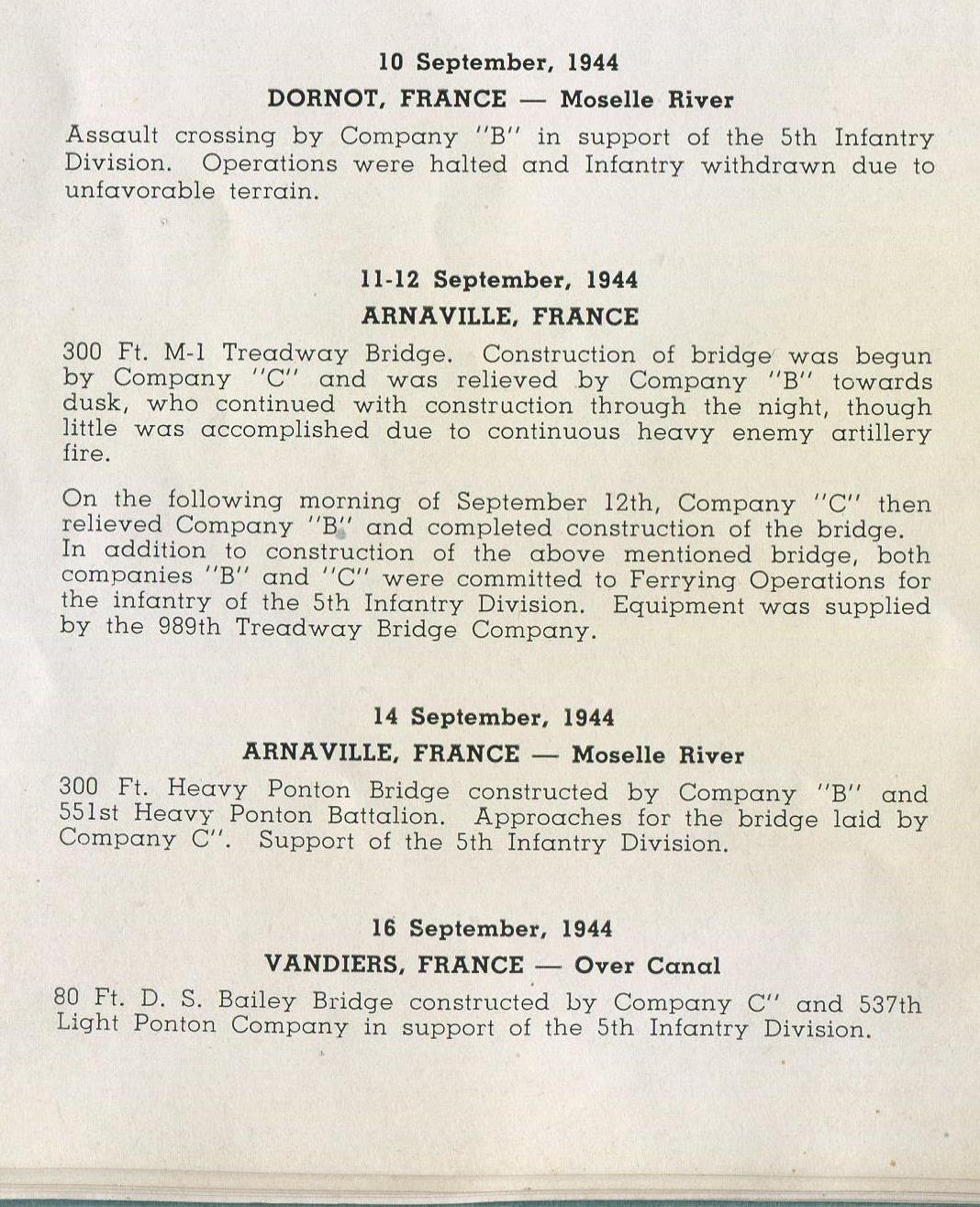
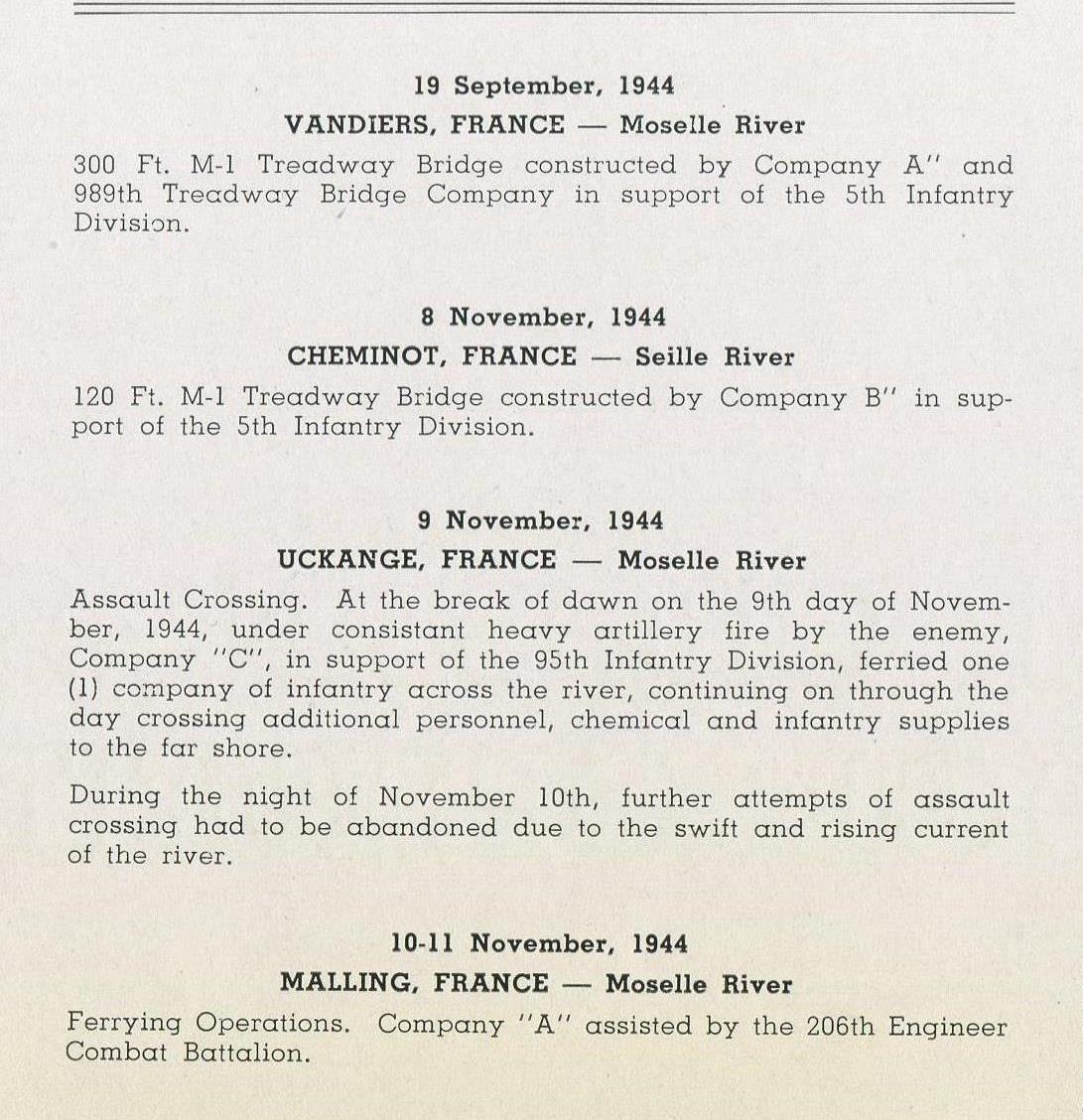
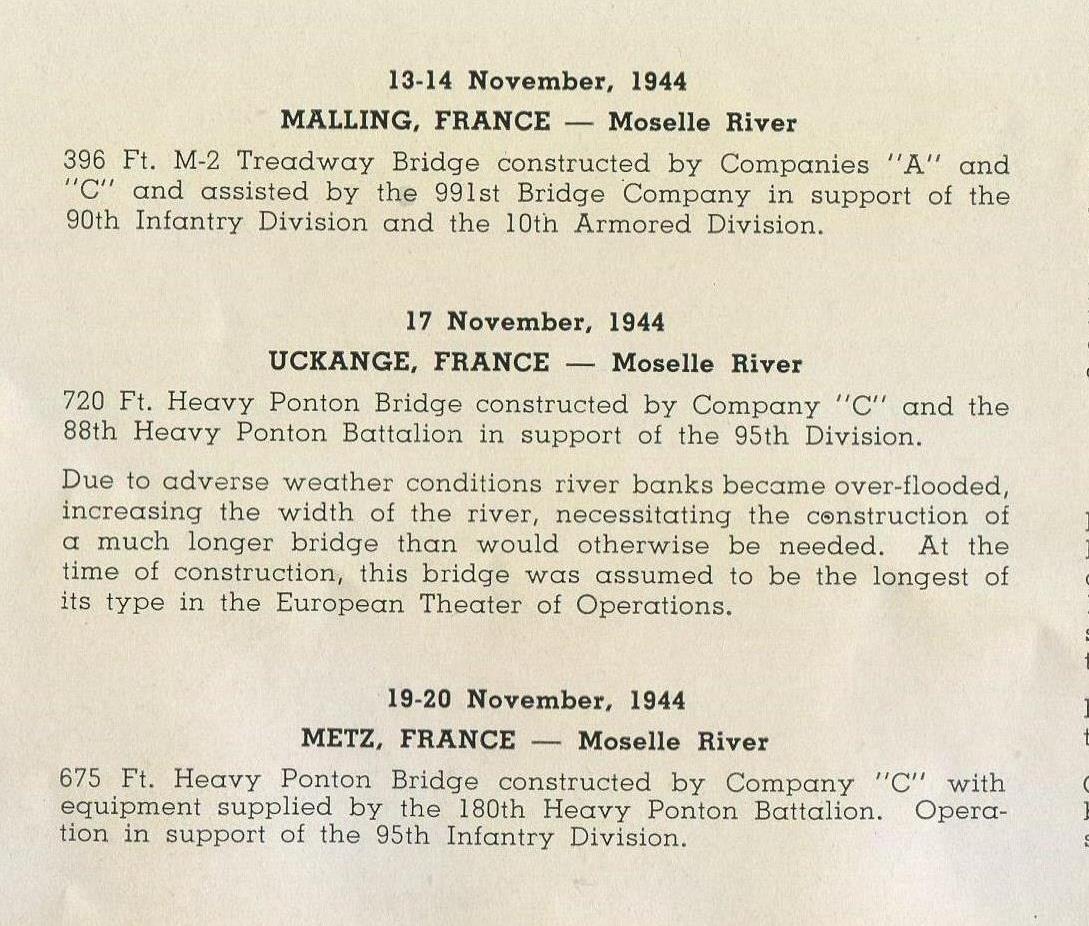
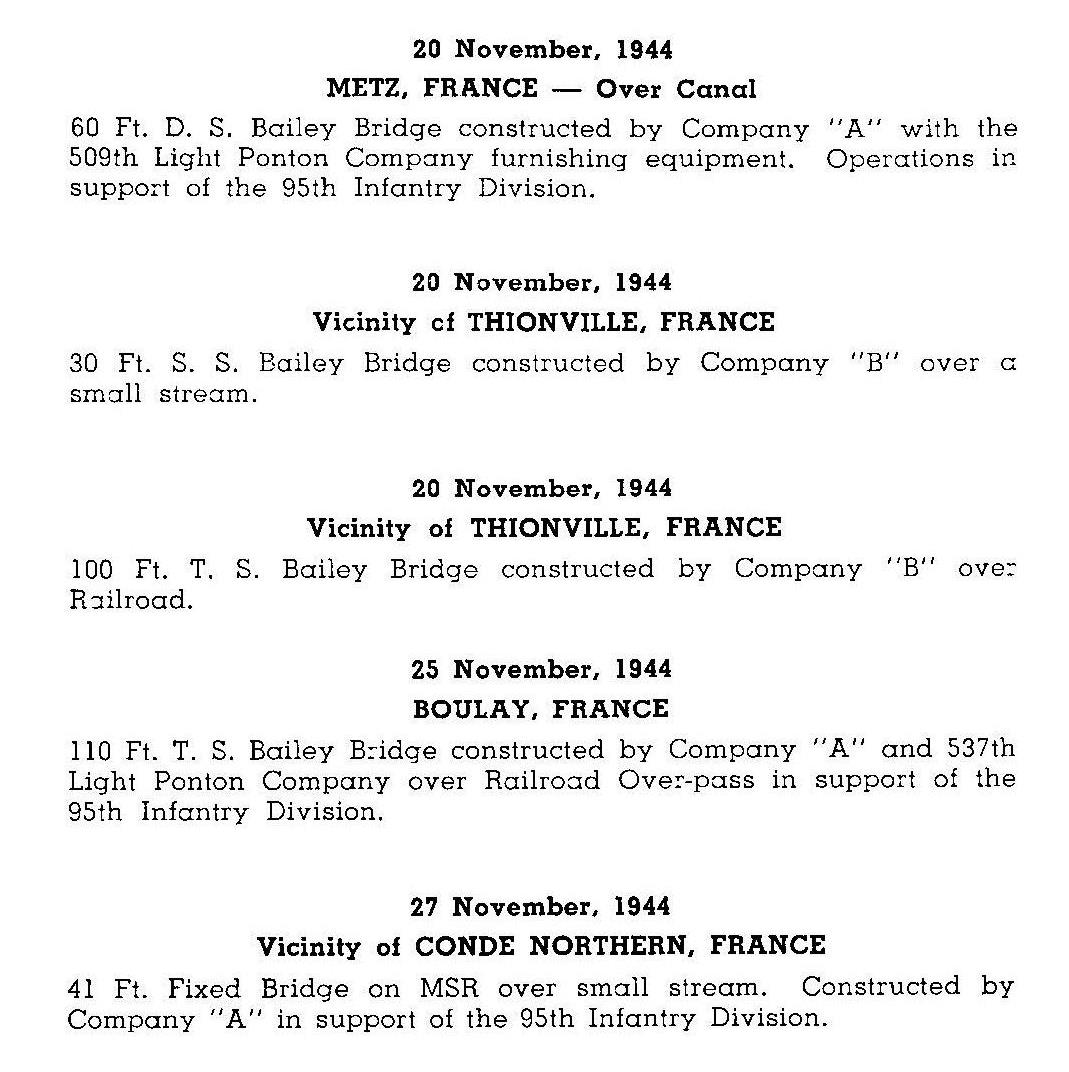
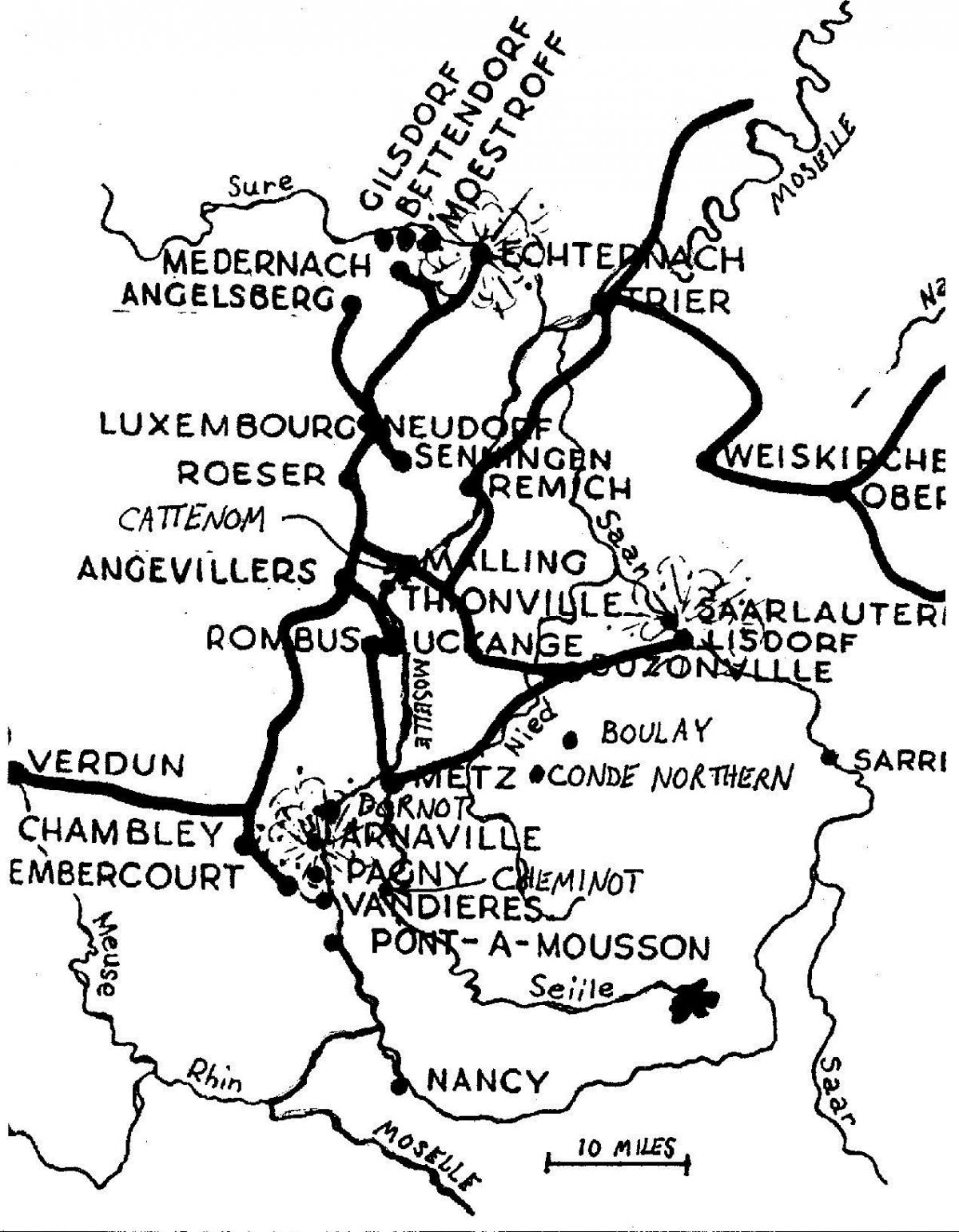
Fourty three of the highest hills around Metz had fortresses built into them with a lot of rolling armor in position on the high ground around the fortresses.Dad remembers the 160th heading east from Verdun convoying towards Dornot, a small town just south of Metz on the west side of the Moselle. The convoy started that day and that night they were descending into the Moselle Valley. Dad was riding in a canvas topped Jeep and they had been hearing the artillery barrages for miles and as they came out of the hills towards the valley they could see the flashes in the haze and low clouds. The shelling was intense and there didn't seem to be any sign of it letting up. The convoy got as far as the town of Dornot and the convoy circled back up the hill and away from the artillery and mortar fire. A few miles up from the river and away from the shelling they stopped to get their bearings and their orders straight. The officer in charge of that convoy was severely reprimanded. The men hadn't had much to eat so they had some rations for a mid-morning meal and the order went out that they were heading back down. Dad remembers that he dreaded that trip more than any other in the war. It was one thing to come under attack when you were positioned someplace but to move into a an intense attack was extremely difficult. These accounts are from my notes from talking with Dad for several years but today he said, " Remembering that trip is like remembering a really bad dream".
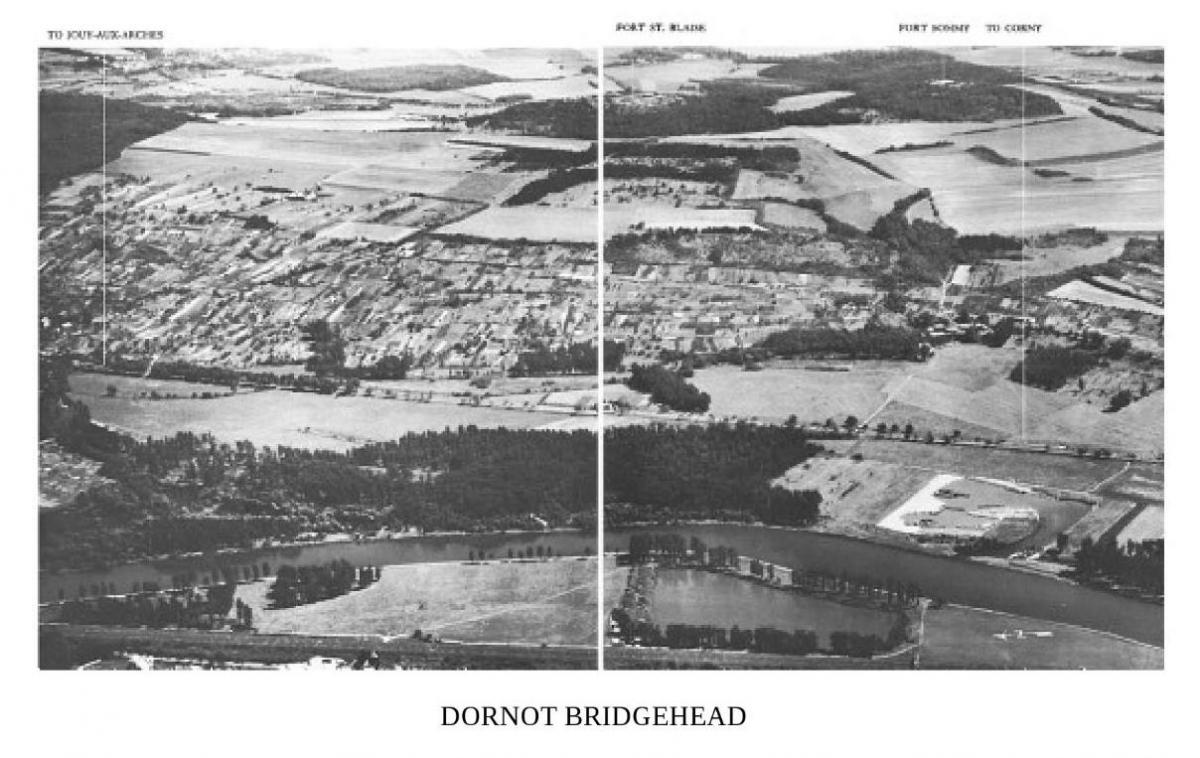
Picture of the Dornot bridgehead looking east from above Dornot.
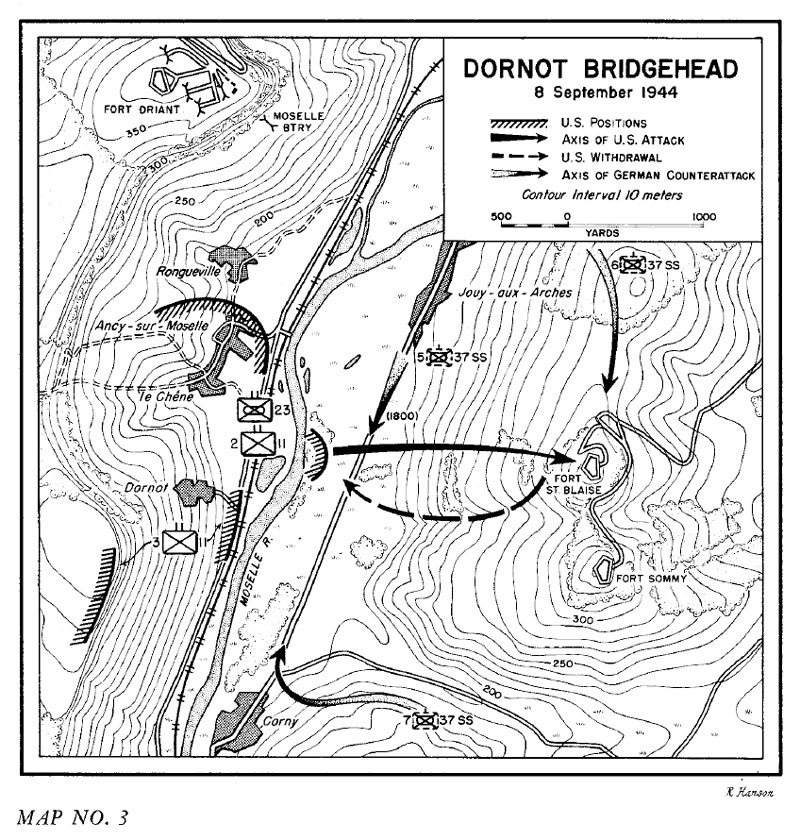
Map of Darnot bridgehead.
It had just rained when the 160th arrived at the Dornot bridgehead and they spent a lot of time in muddy foxholes. One afternoon while pinned in their foxholes they watched P-47s come in and bomb the nearby fortresses with huge bombs. The P-47s left and came back about 2 hours later with another load of bombs and hit them again. The bombing was accurate but they later heard that little damage was done.
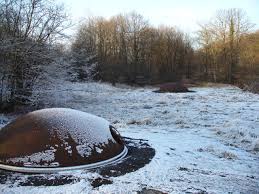
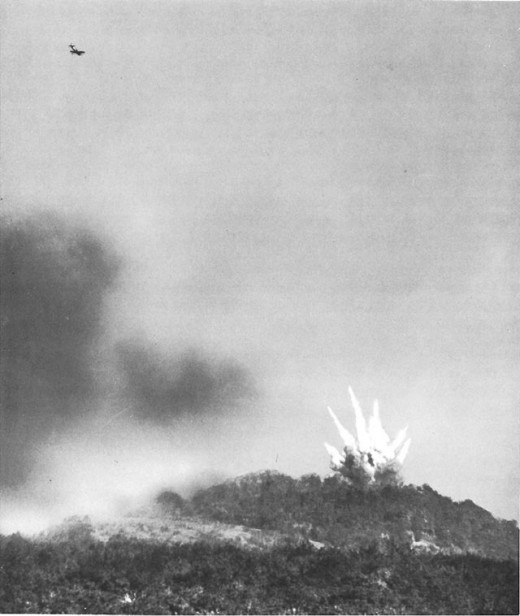
The 160th B Company took men from the 5th across in the dark early hours of the morning. It was an assault crossing into the teeth of the Germans. The Dornot bridgehead was situated in artillery range of 5 of the Metz fortresses. Fort Driant was on a hilltop about 2 miles away. Fort St. Blaise and Fort Sommy were line of sight on a ridge straight across the valley. There were several assault crossings but the bridgehead had to be given up and Dad remembers bringing men back in the middle of the night. We had a lot of casualties and fatalities at Dornot. The Dornot bridgehead was a dangerous place to even be. The artillery fire was so accurate and intense that the bridgehead had to be abandoned and everybody moved up river, south about 2 1/2 miles to Arnaville. They moved out in the middle of the night hurriedly so the Germans would not have time to stage an attack.
The rain kept coming and the mud made everything worse. When an artillery shell hit the mud it sprayed mud in every direction for hundreds of feet. At Arnaville The 160th B Company made an assault crossing with the 5th. At this point all movement was made at night so this one was made in the early morning hours. When the sun came up the infantry discovered that they were on an island, not the far shore. They laid low and that night the engineers came and carried them back.
The mud that fall was horrible. The dirt was a fine clay that turned to grease when it got wet. It was already wet when the 160th got to the Moselle and Dad said that the rain wasn't heavy but it would rain continually for days at a time.The Moselle was over its banks and flowing fast, several times it was above flood stage. The muddy roads would stick vehicles, even tanks, and the men were often called on to go out into calf deep mud and push a vehicle to get it moving. The artillery fire was so consistent that they stayed in foxholes for a day at a time. You would have to keep the bottom of your foxhole cleaned out or you would be standing in water. The engineers were clothed well but their ears froze. Ear muffs were issued but you had to keep your helmet on so the engineers improvised all kinds of ear coverings. It wasn't cold enough for frostbite but it was a bitter damp miserable cold.
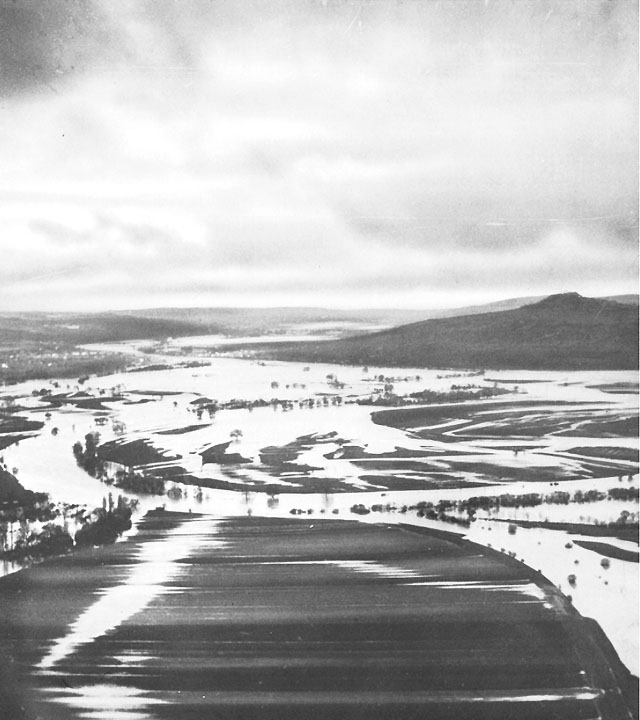
Picture from around Pont-A-Mousson showing how wet it could get in the Moselle Valley ( flood plain).
The 160th was building a bridge at Arnaville. At night the Germans would put a forward observer very close to the bridge site. When enemy fire slowed down the engineers would go to work on the bridge, as soon as they started working, the artillery, mortar and small arms fire would start. So they would retreat to their foxholes and the fire would stop. This made for slow progress but the bridges did get completed. As far as Dad knew, on the Moselle River was the first time the 160th worked with a smoke screen. It was used to hide large amounts of men and equipment in the open. It did not have a pleasant smell but it was better than having an artillery shell in your lap.
These are a few pictures from the 160th Battalion Book. Most of what happened on the Moselle was classified until the 1970s.
